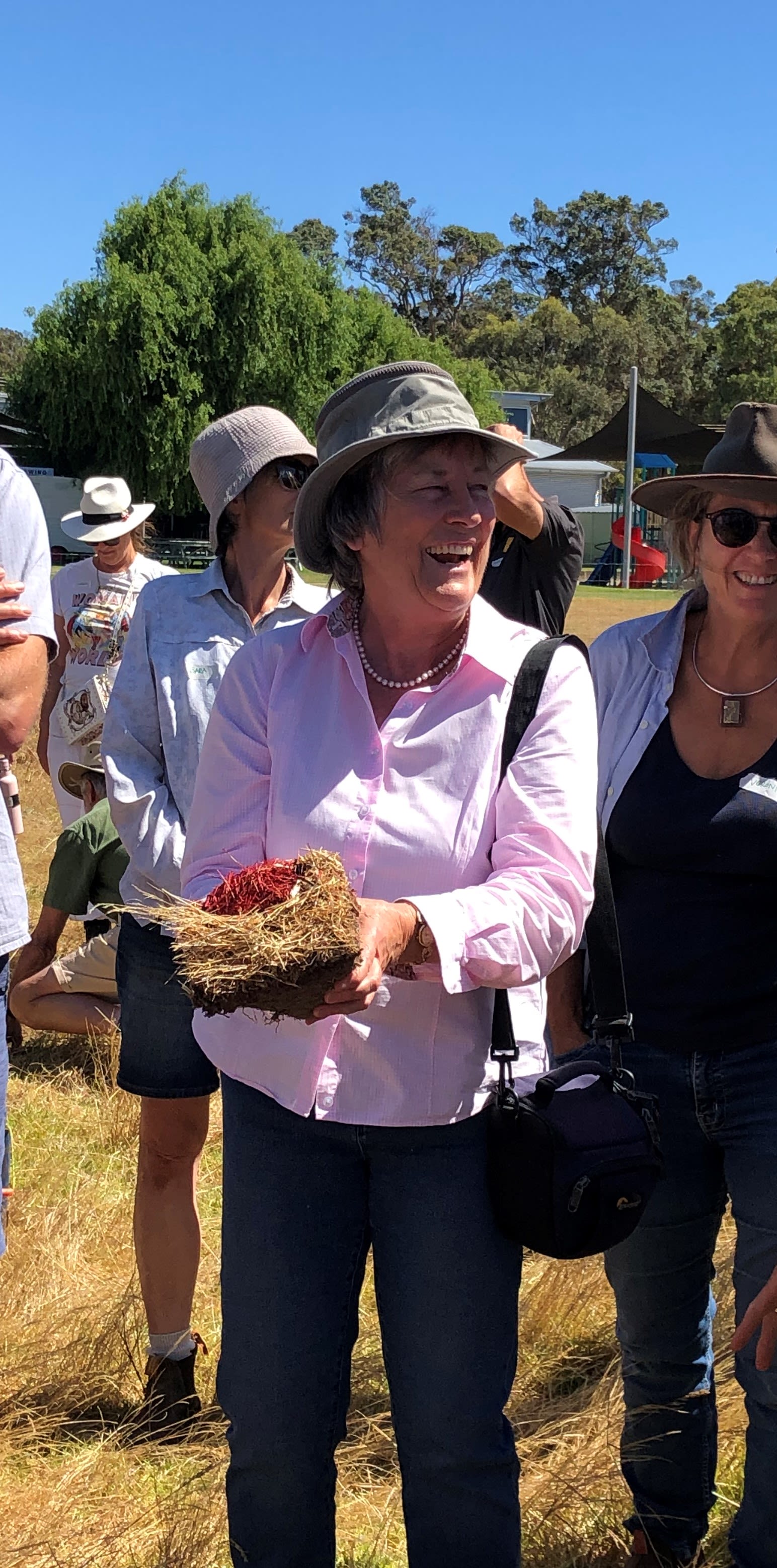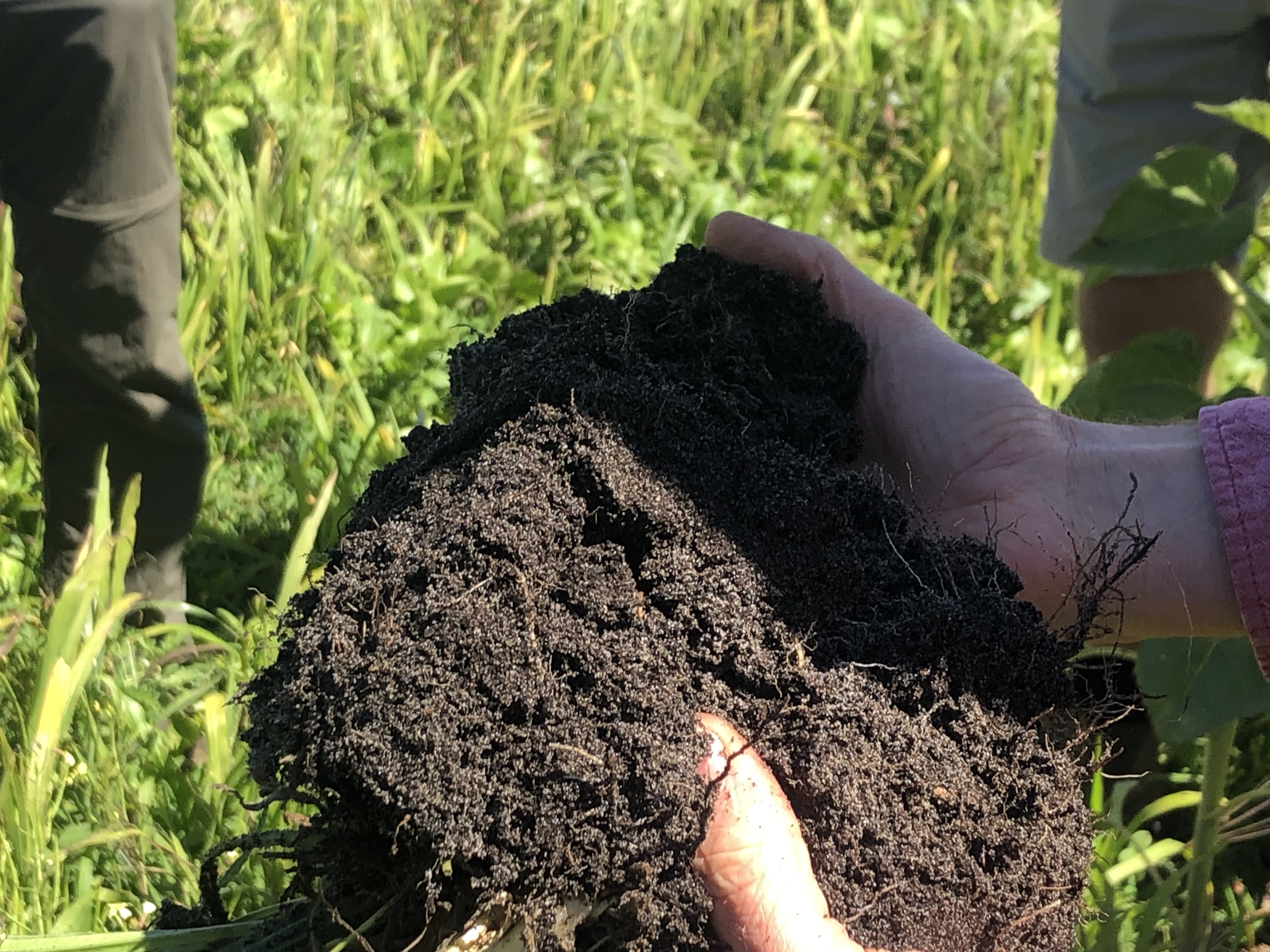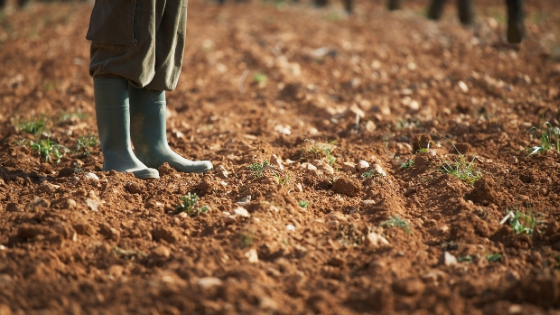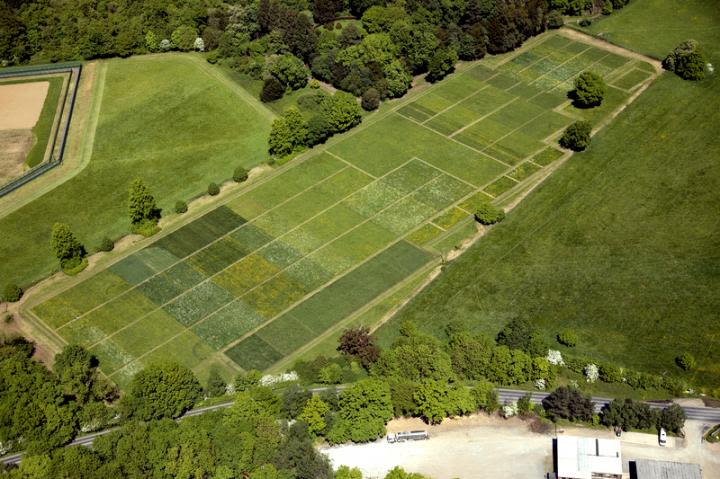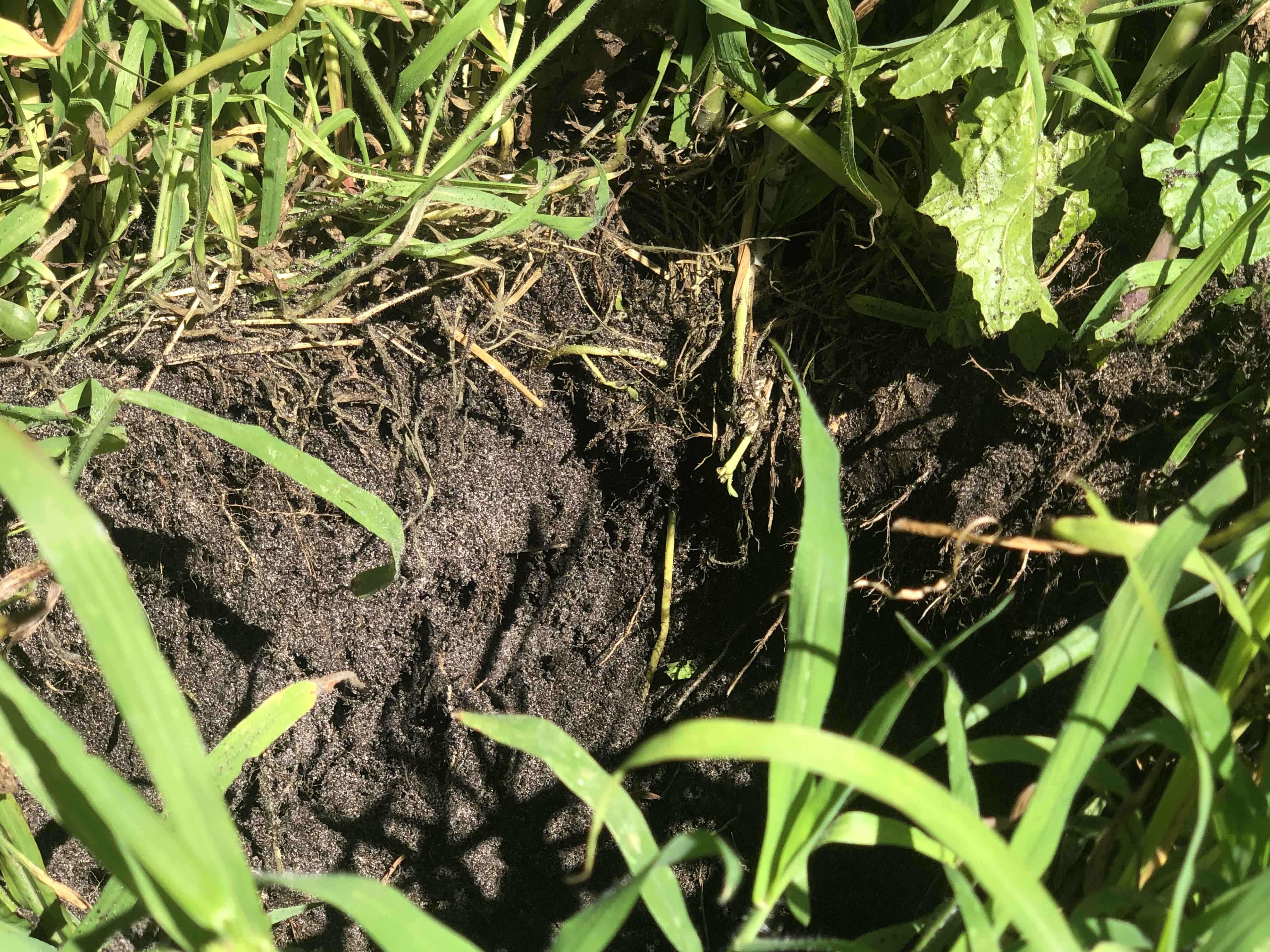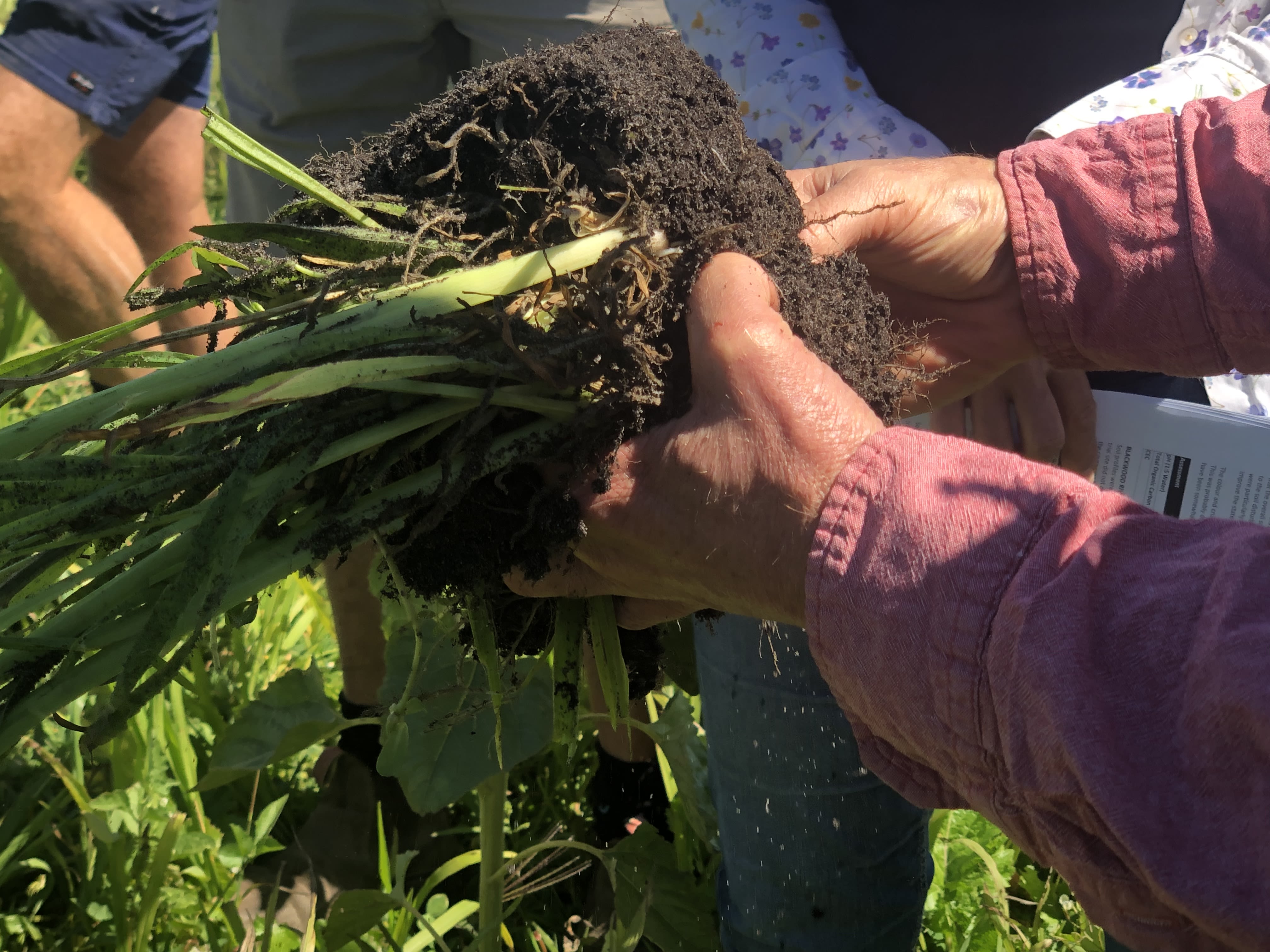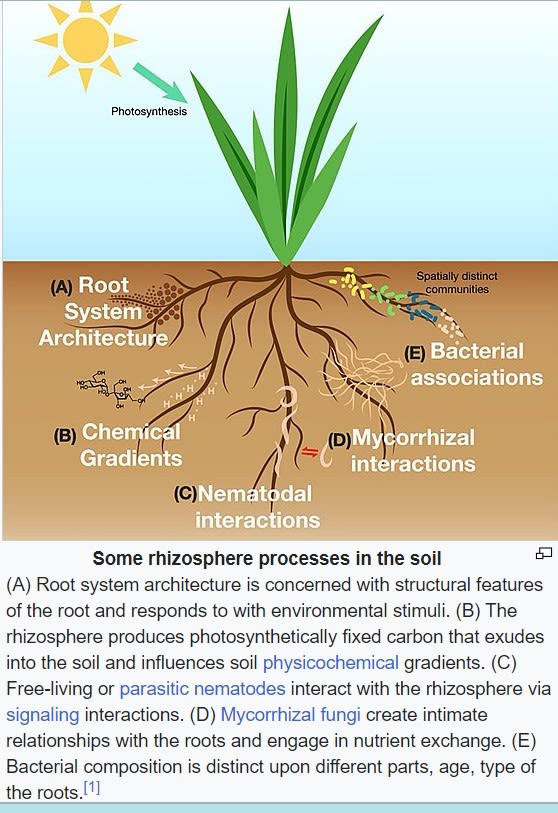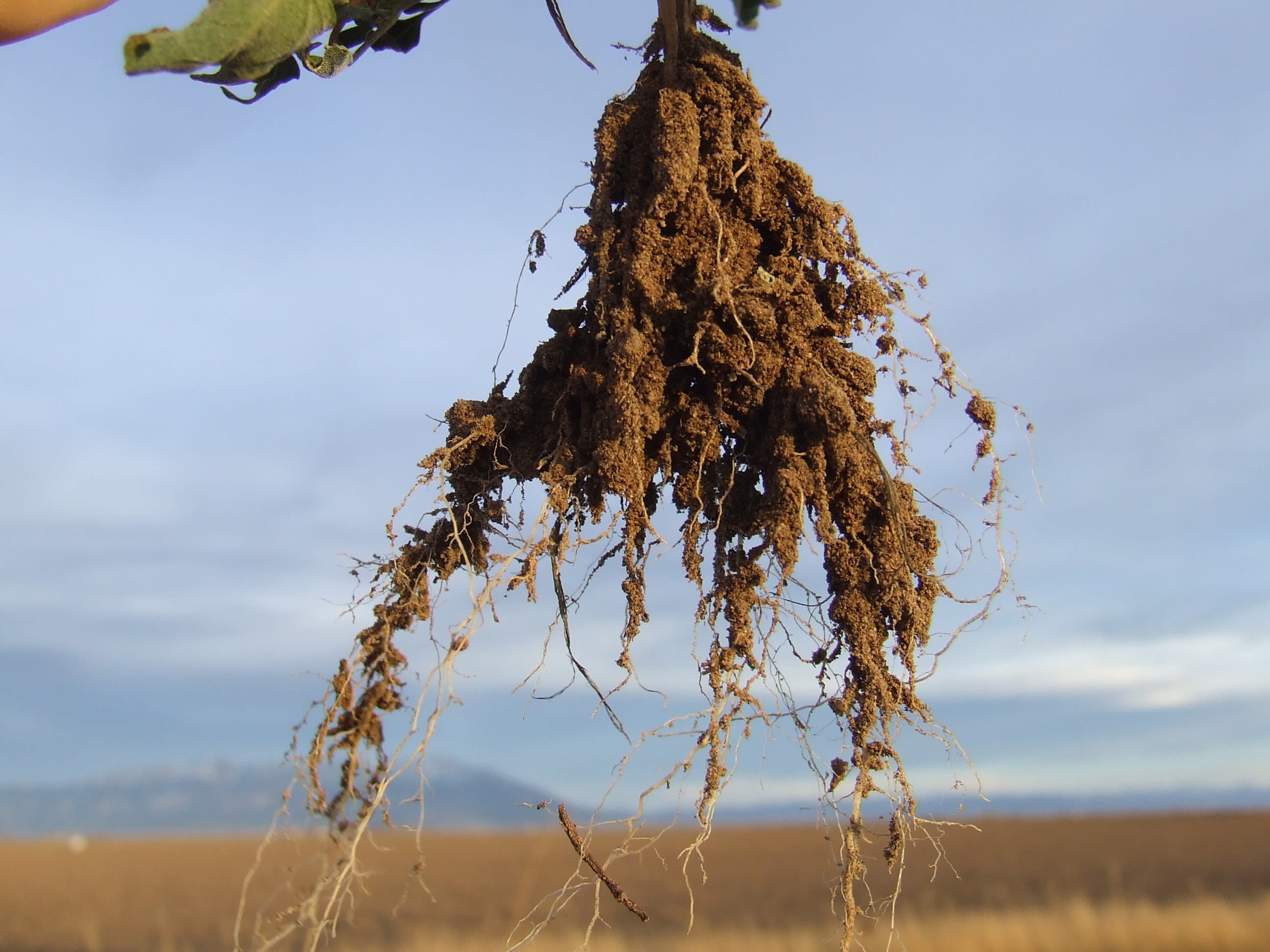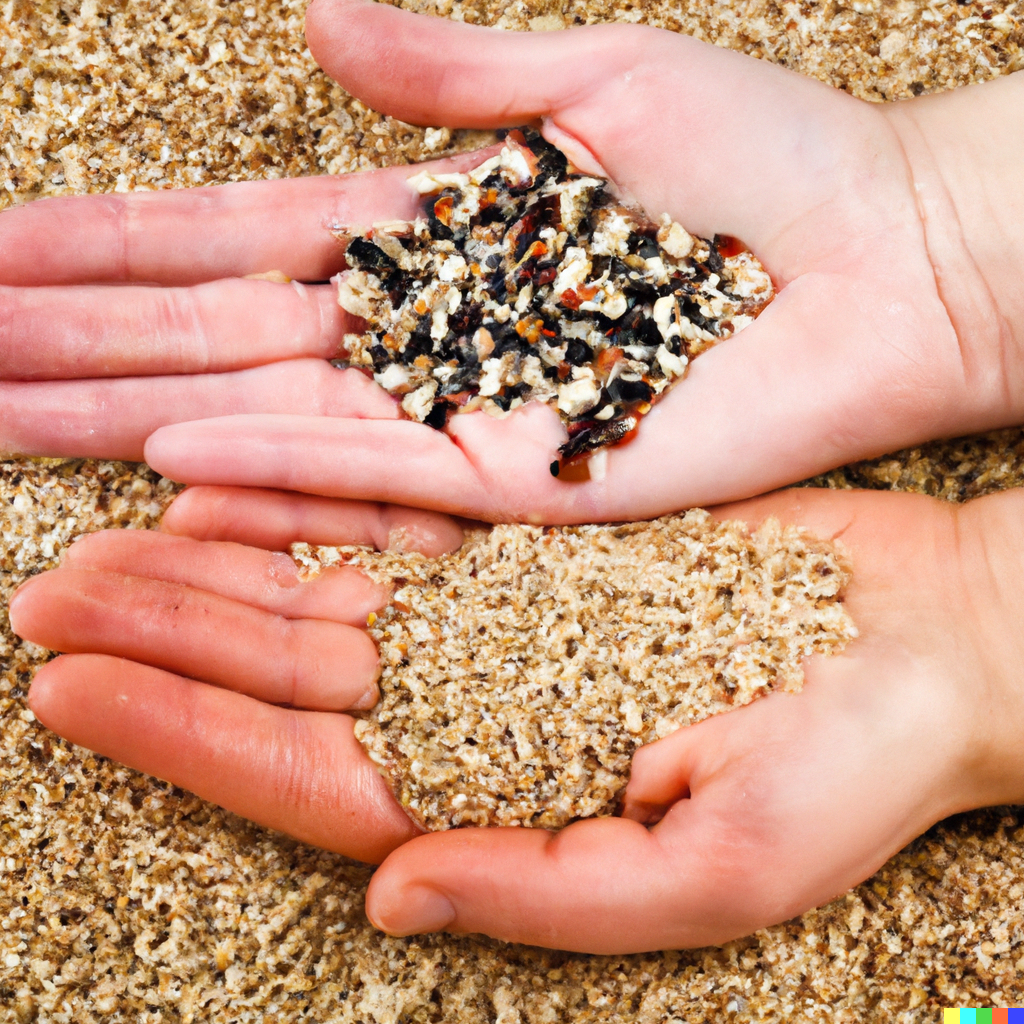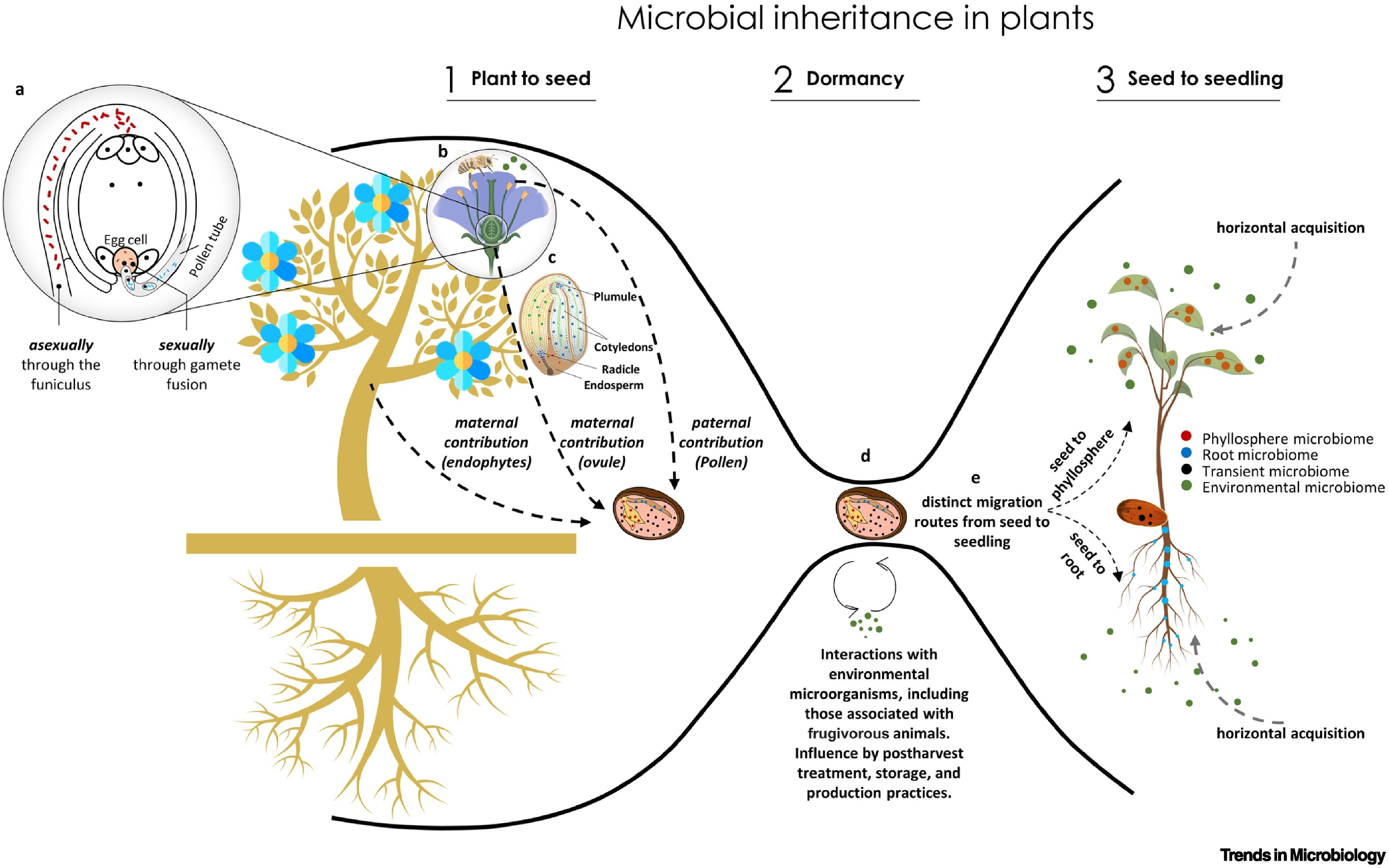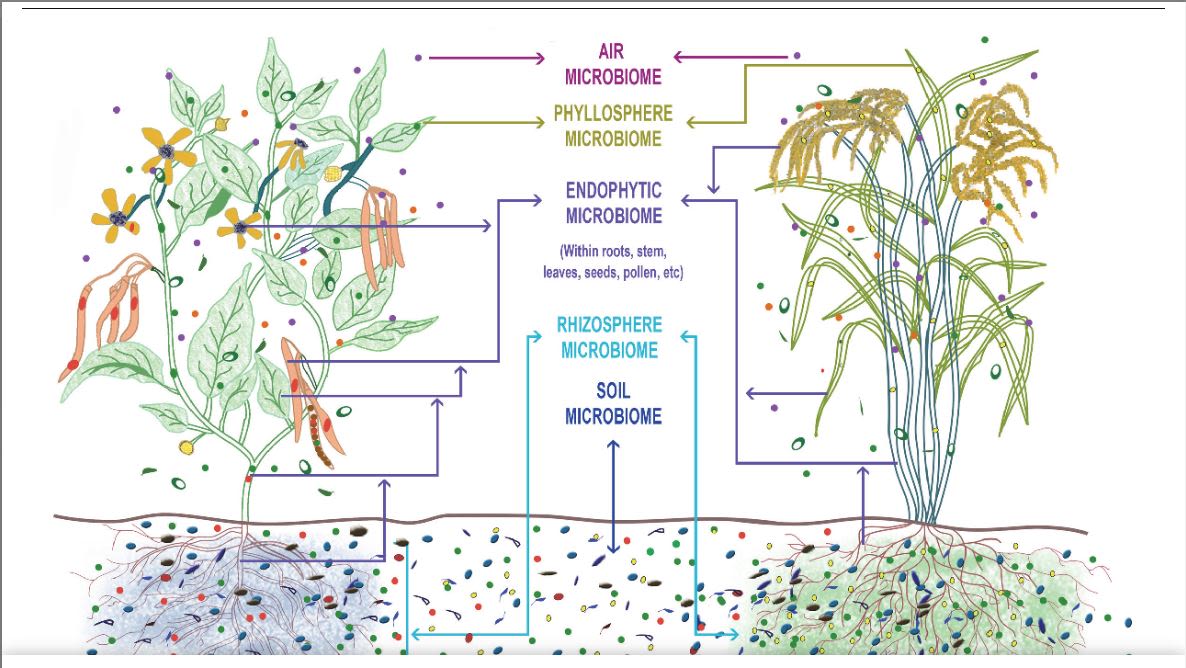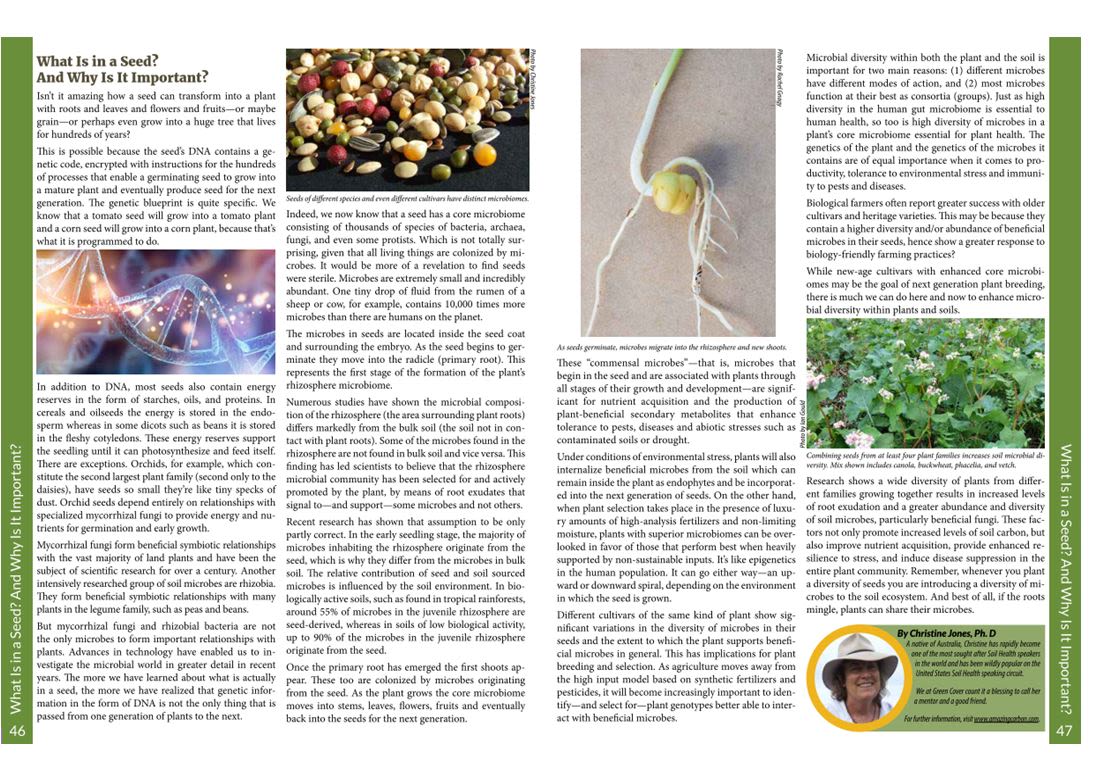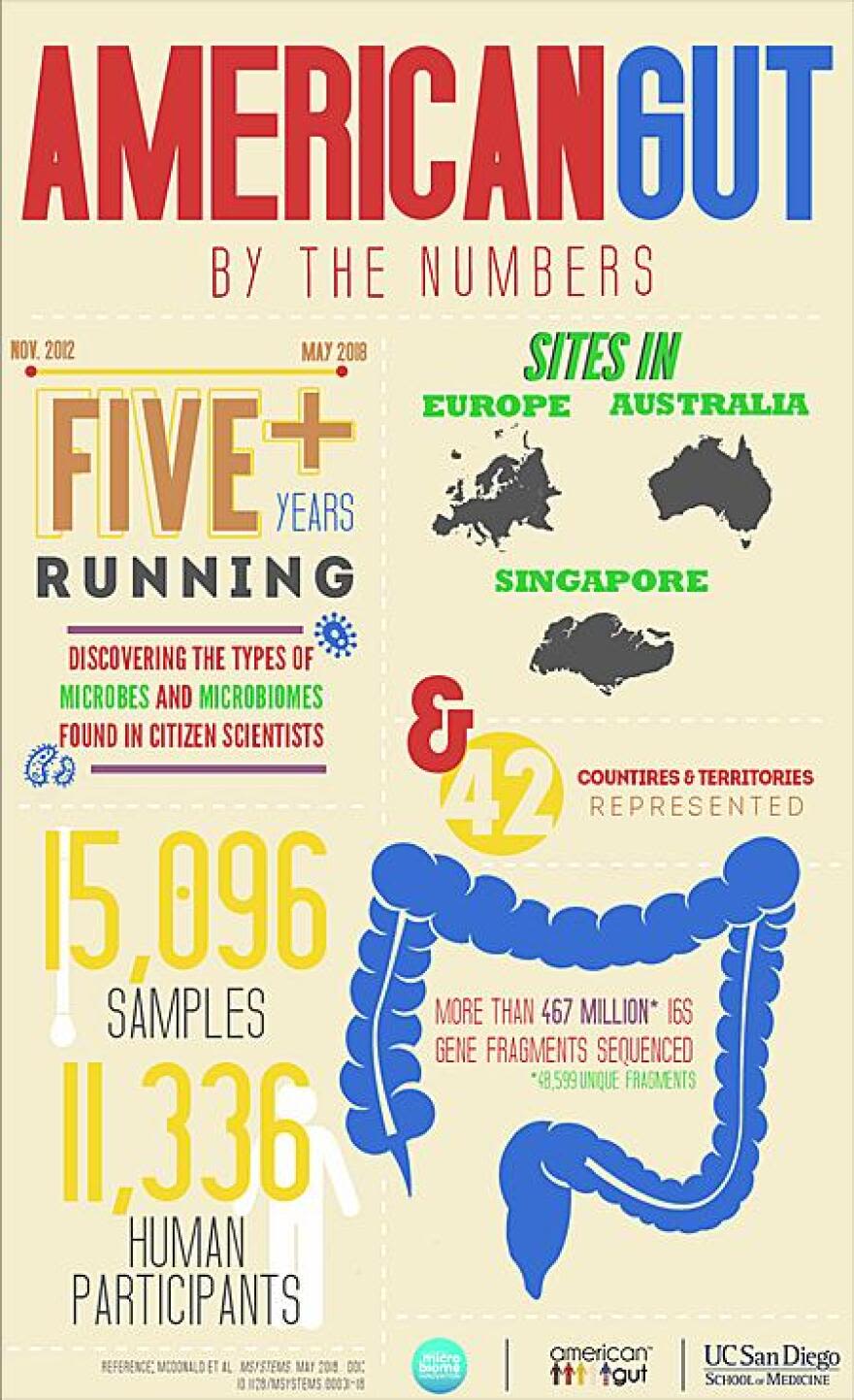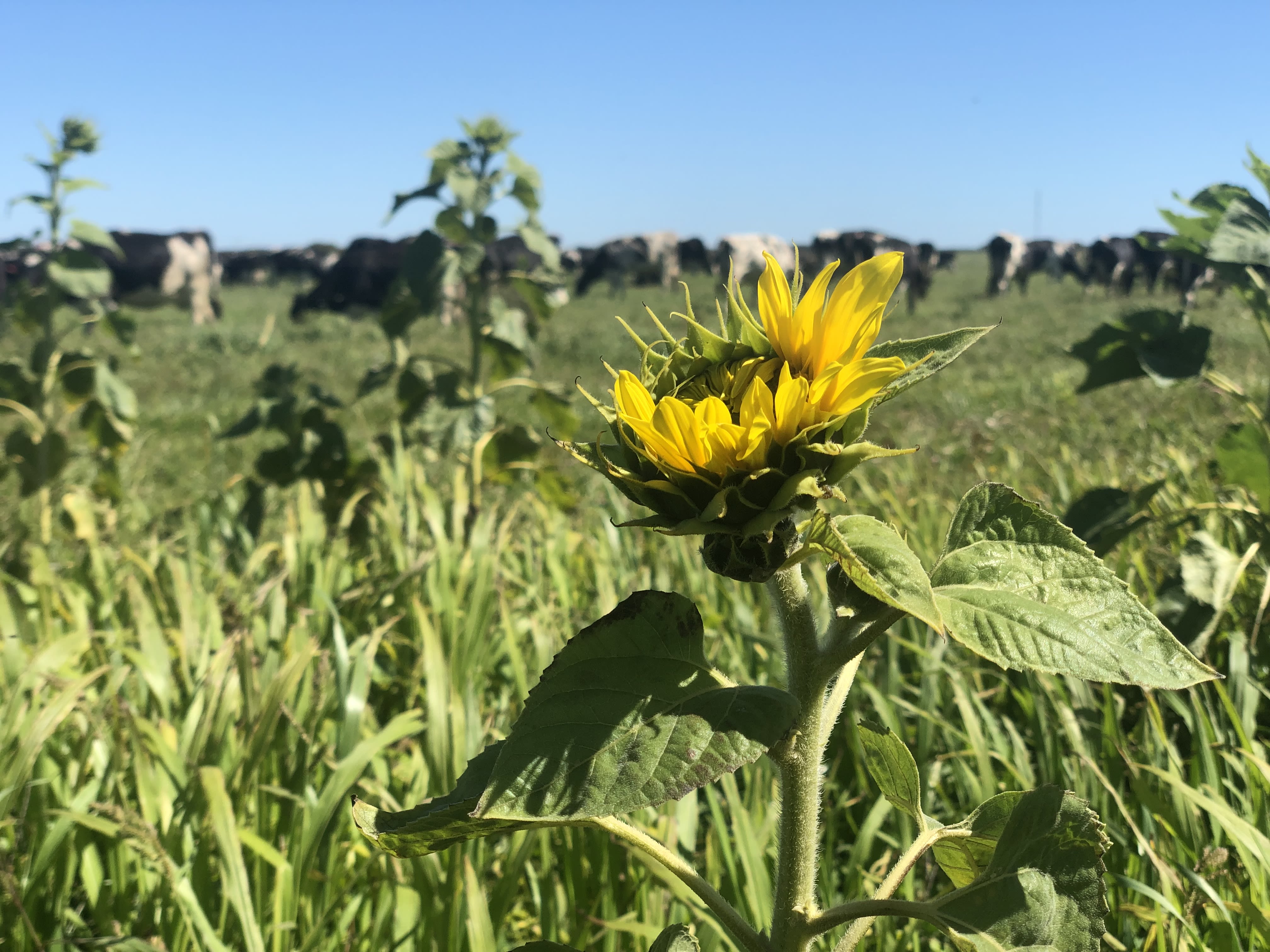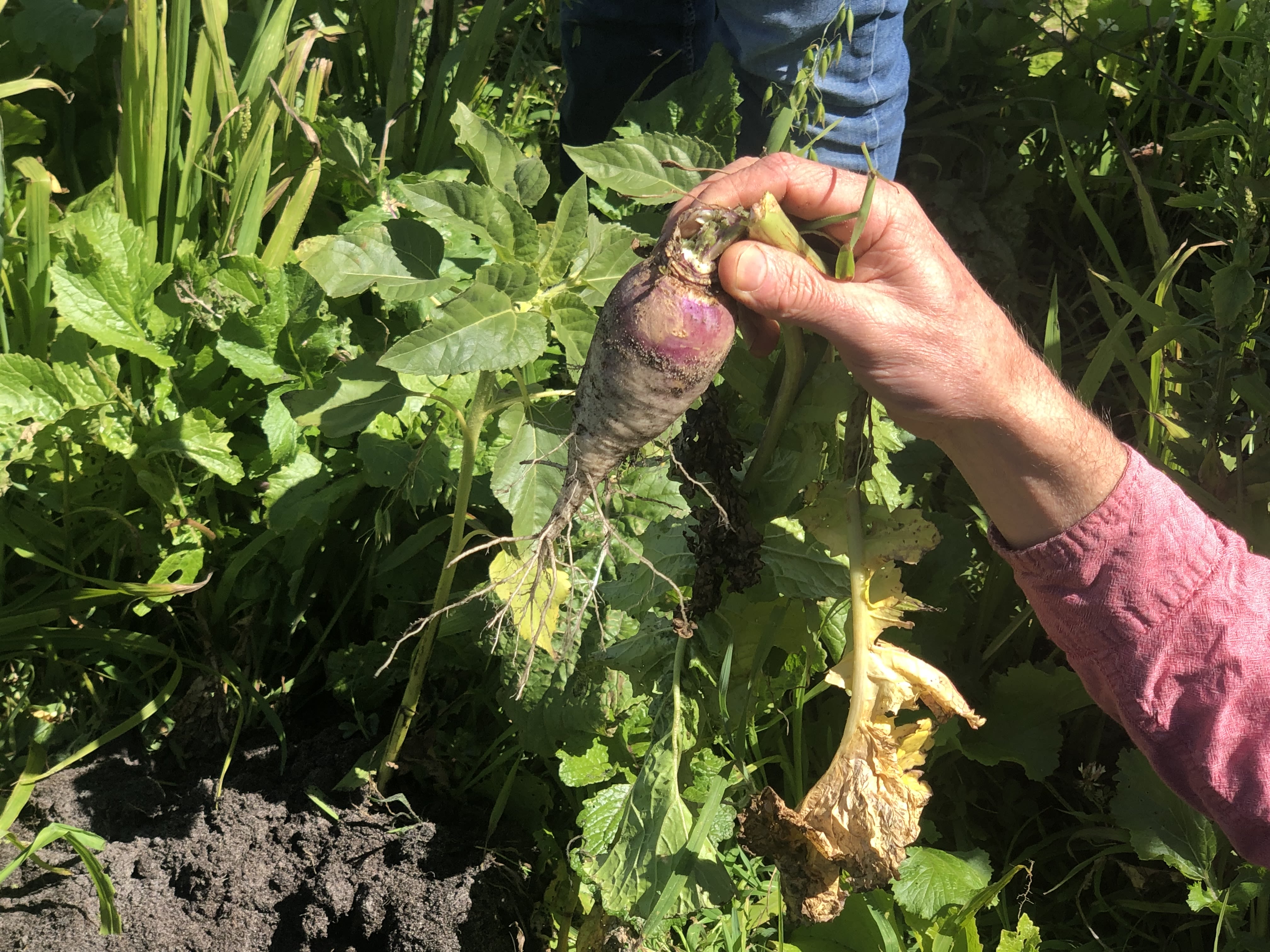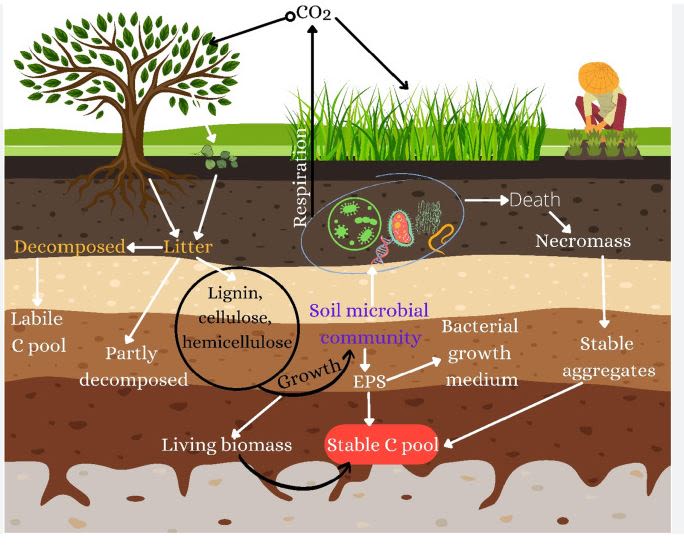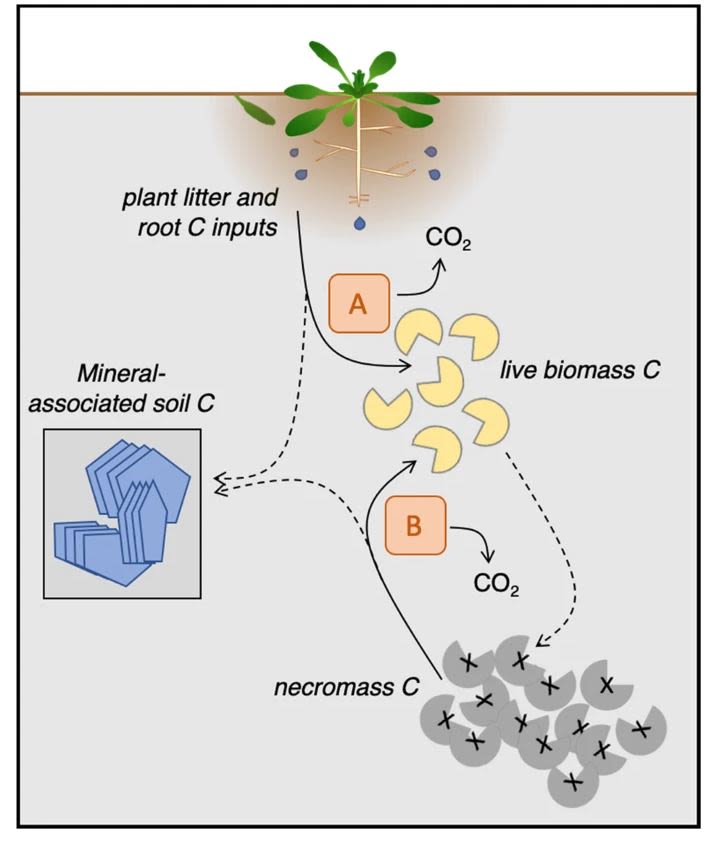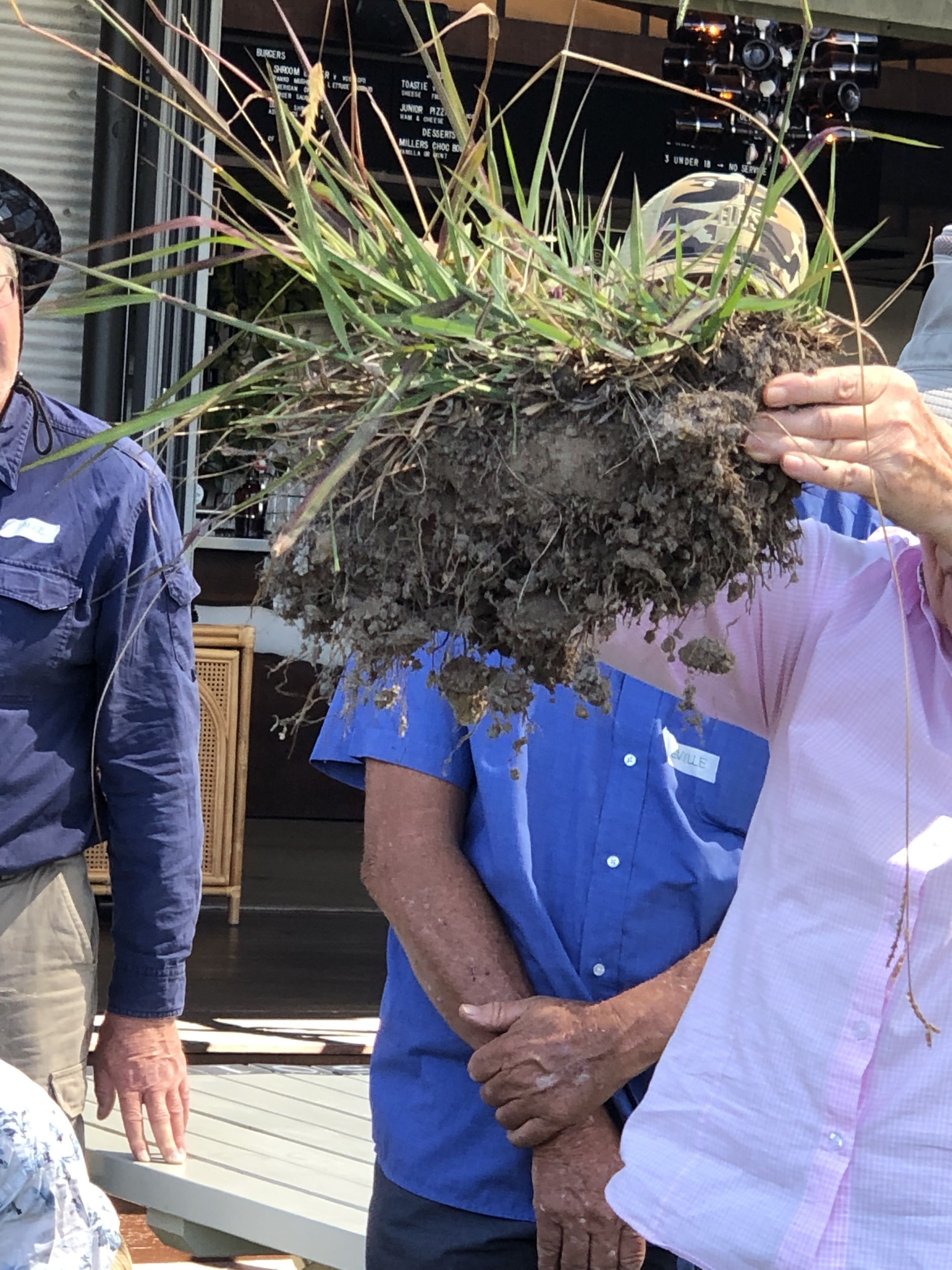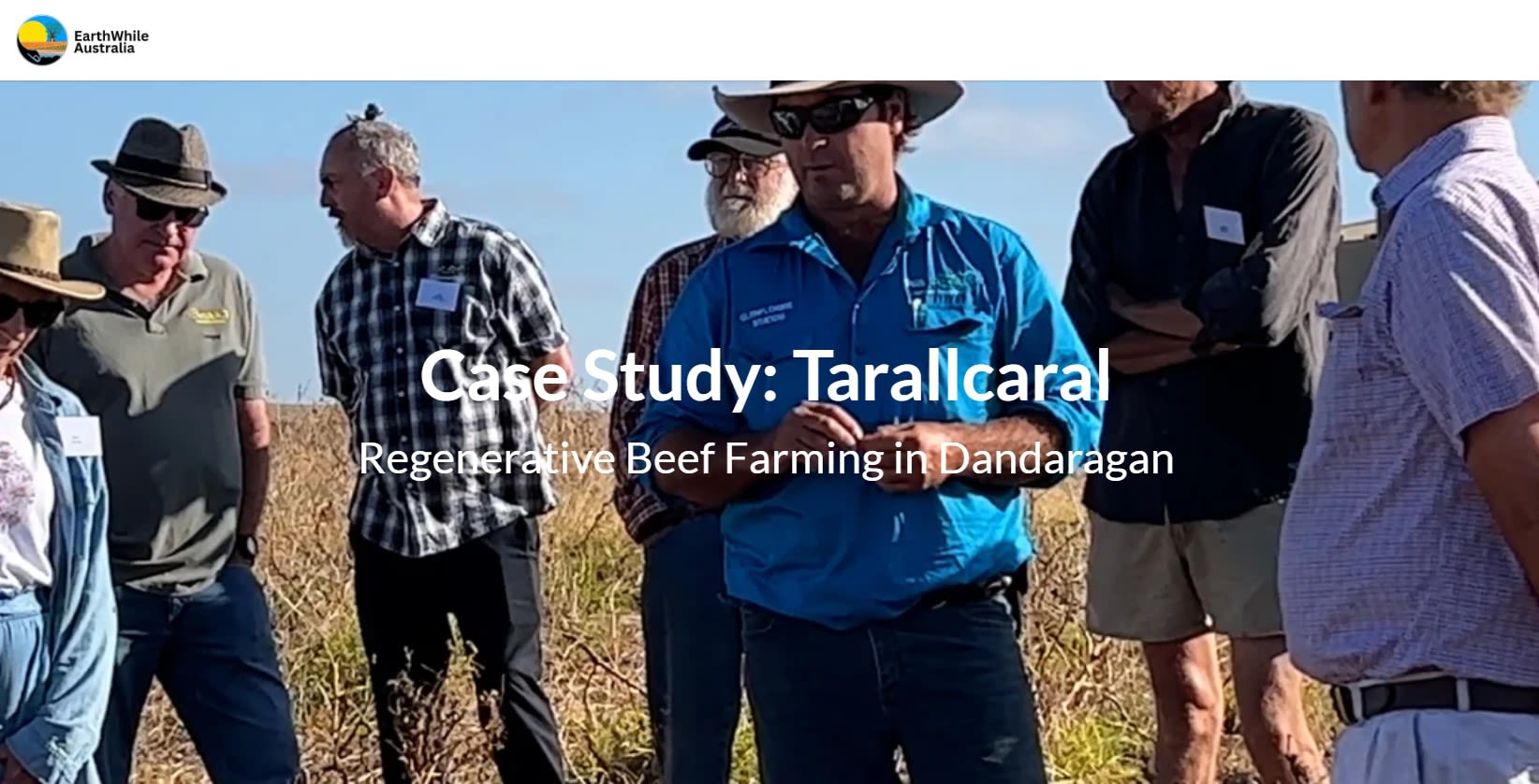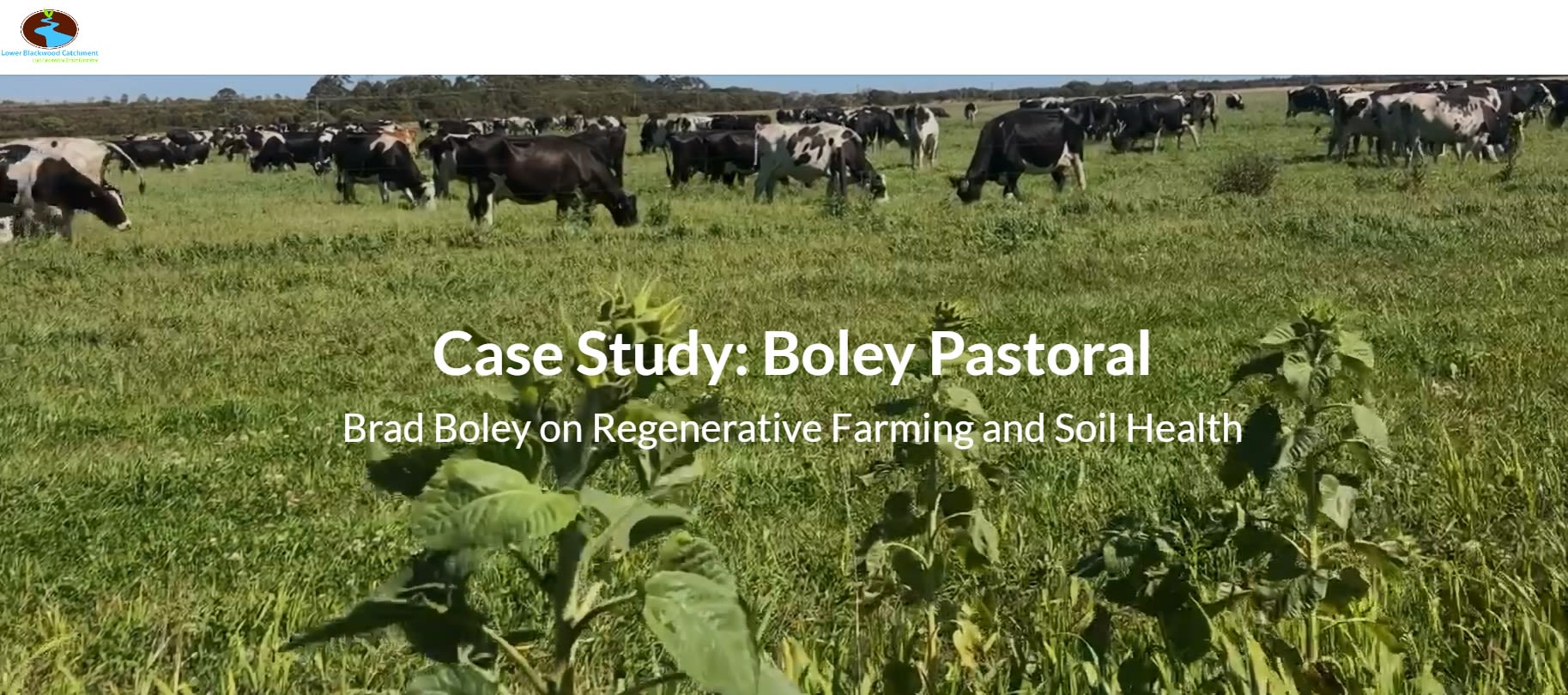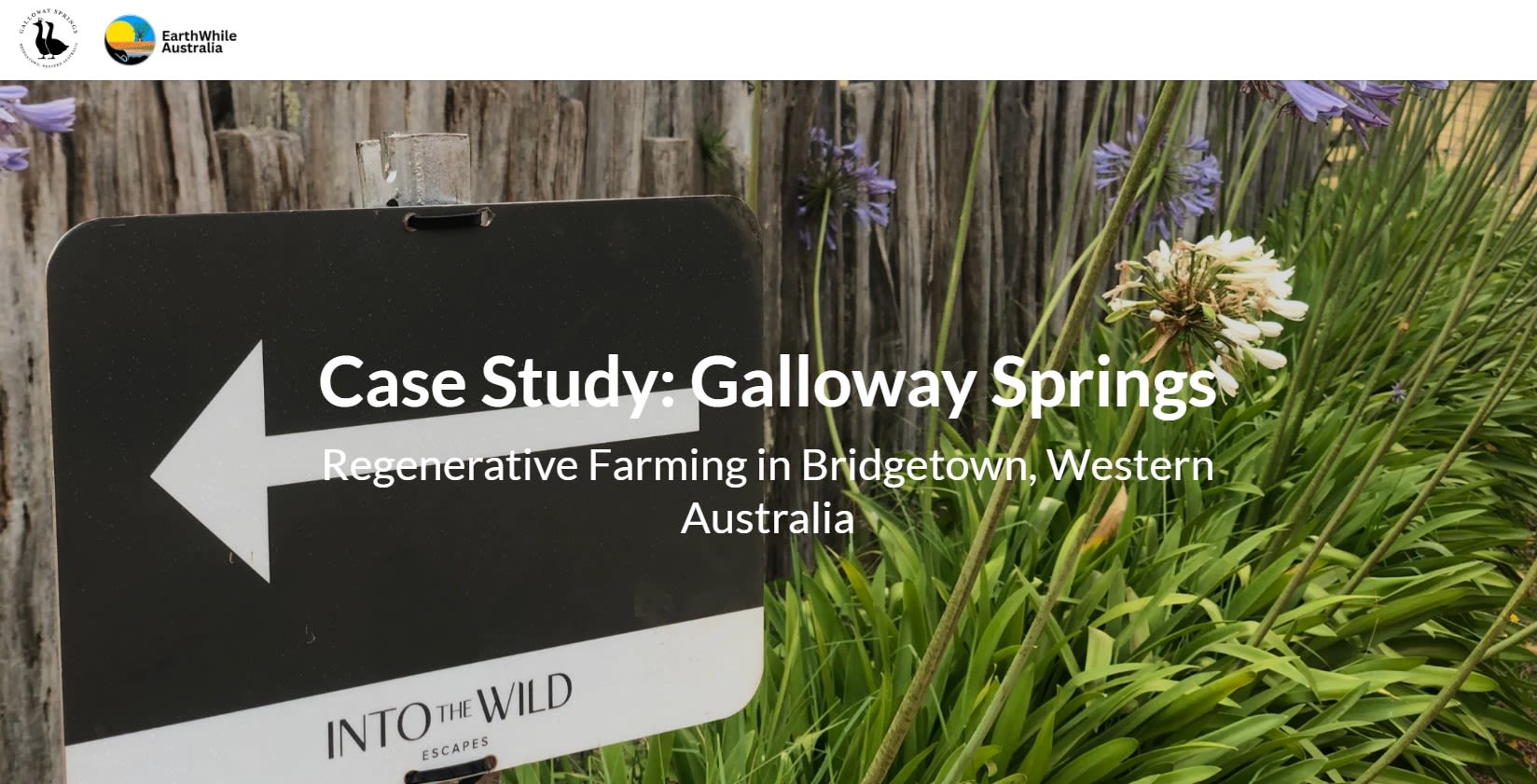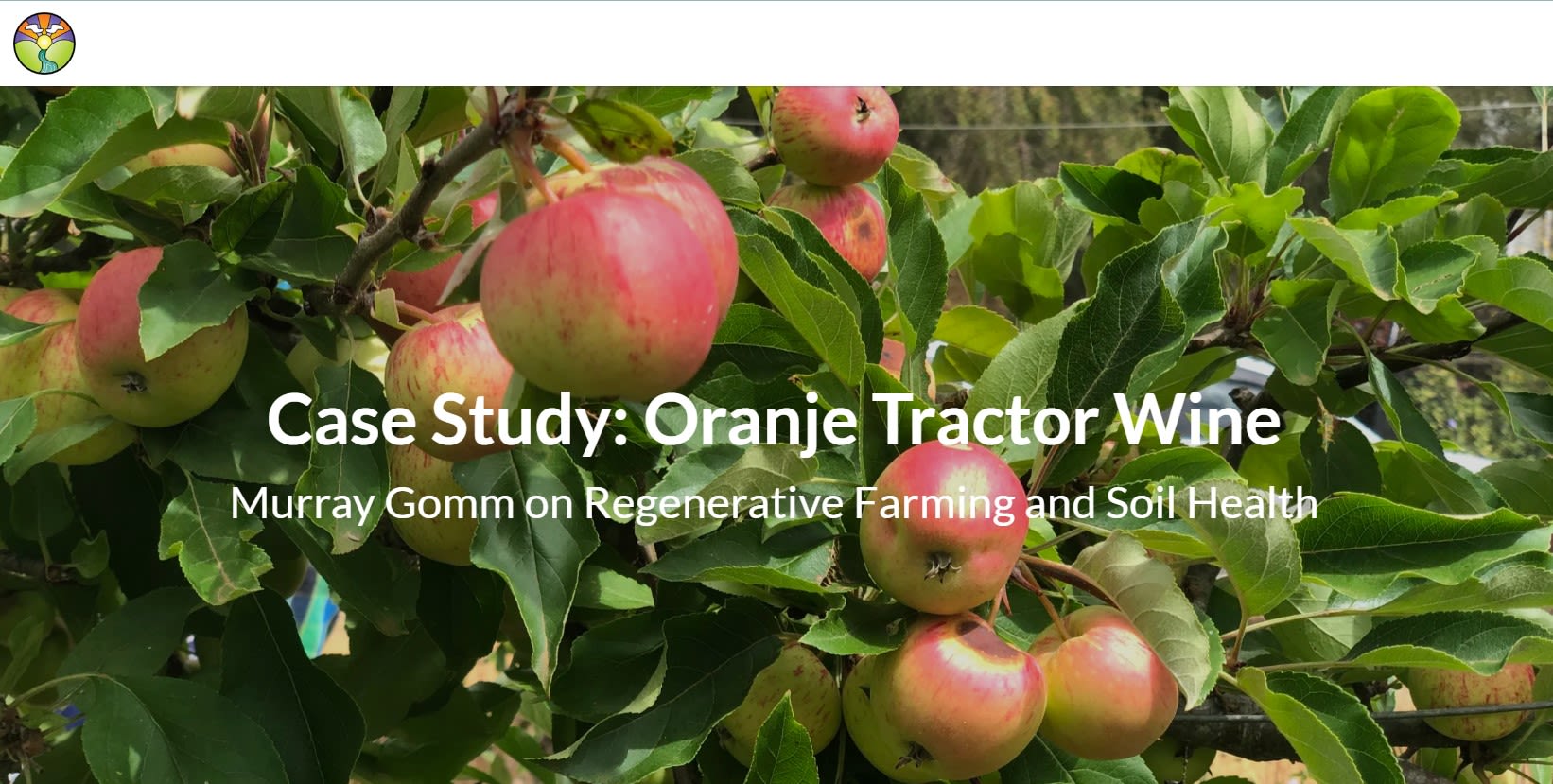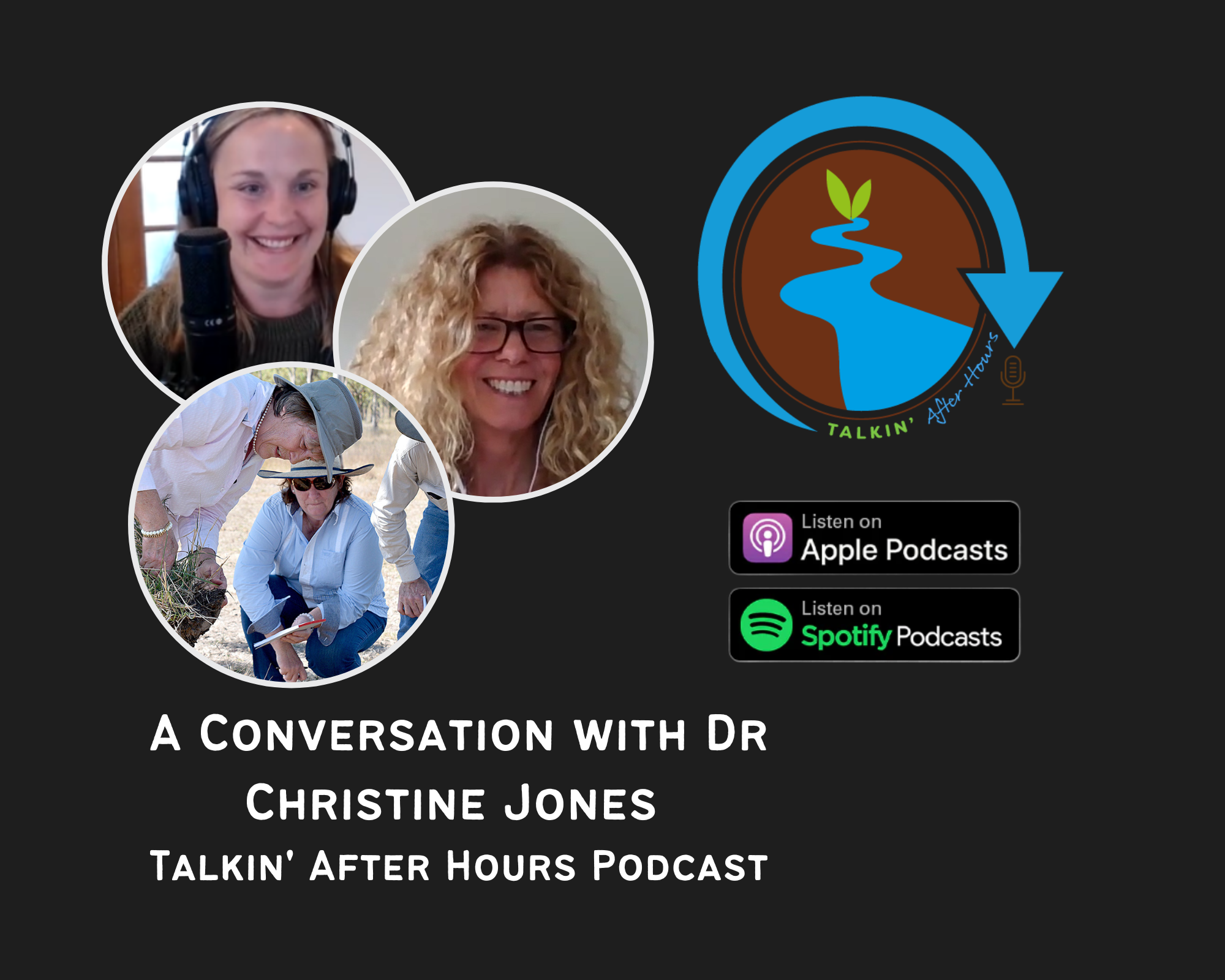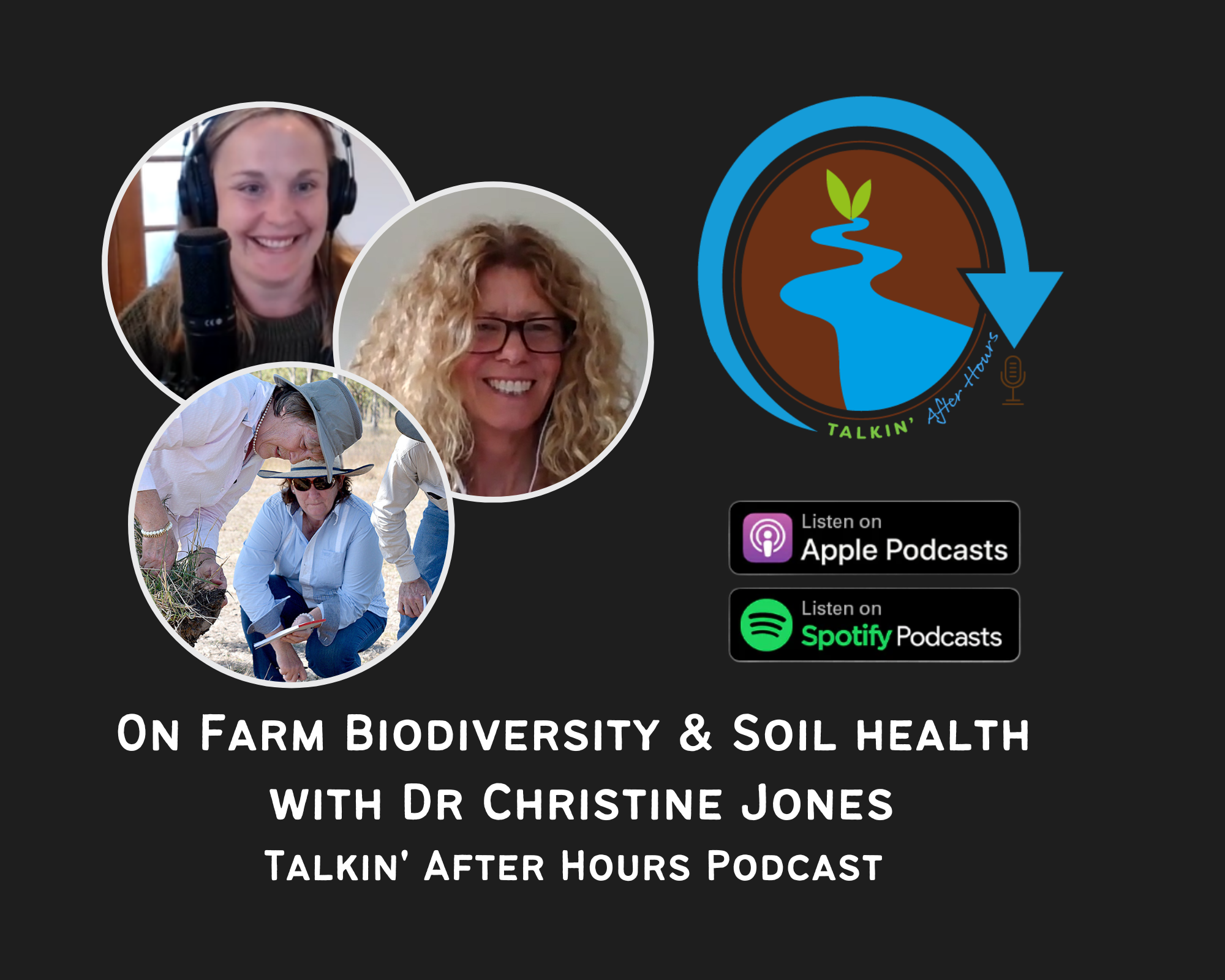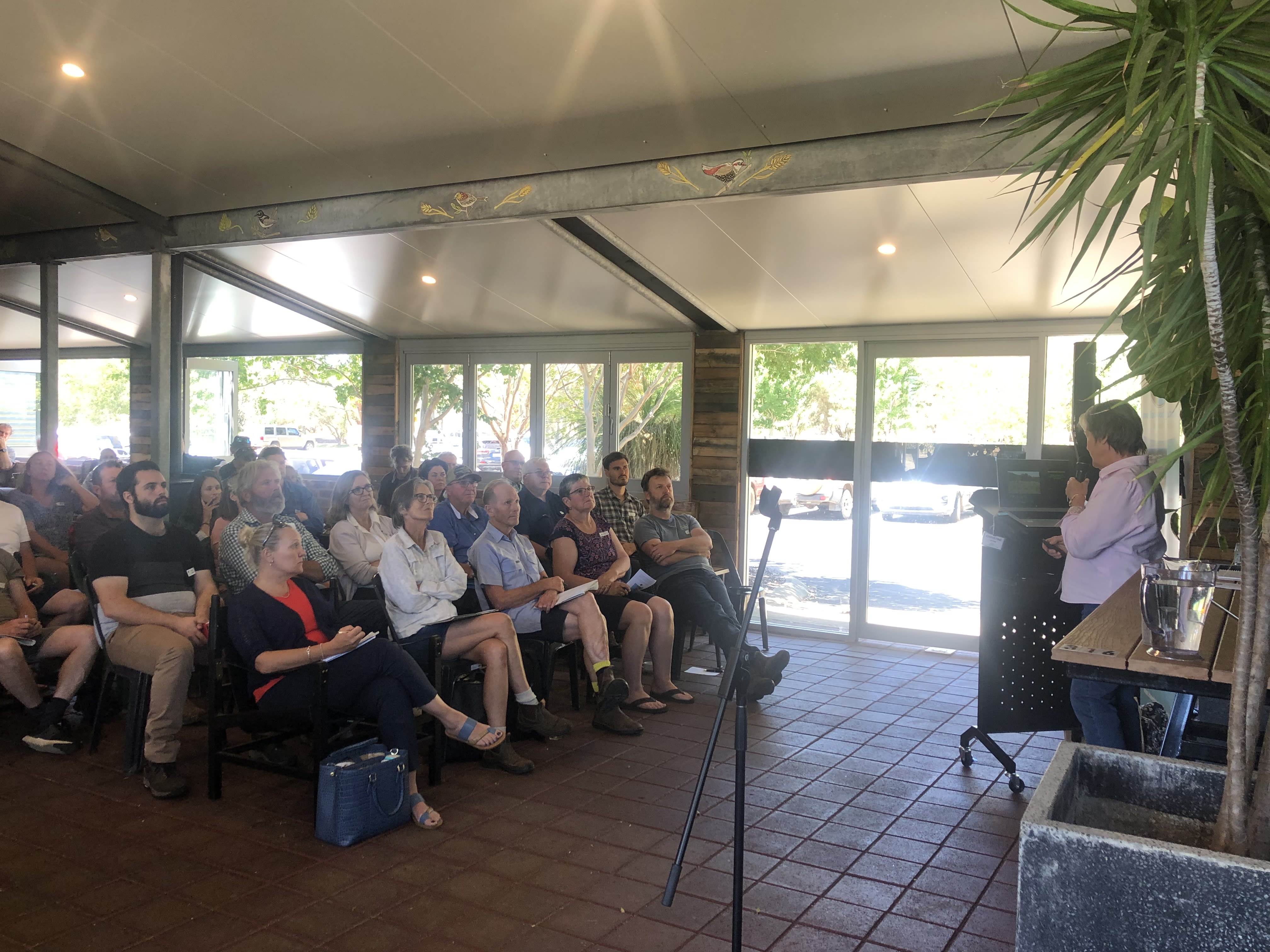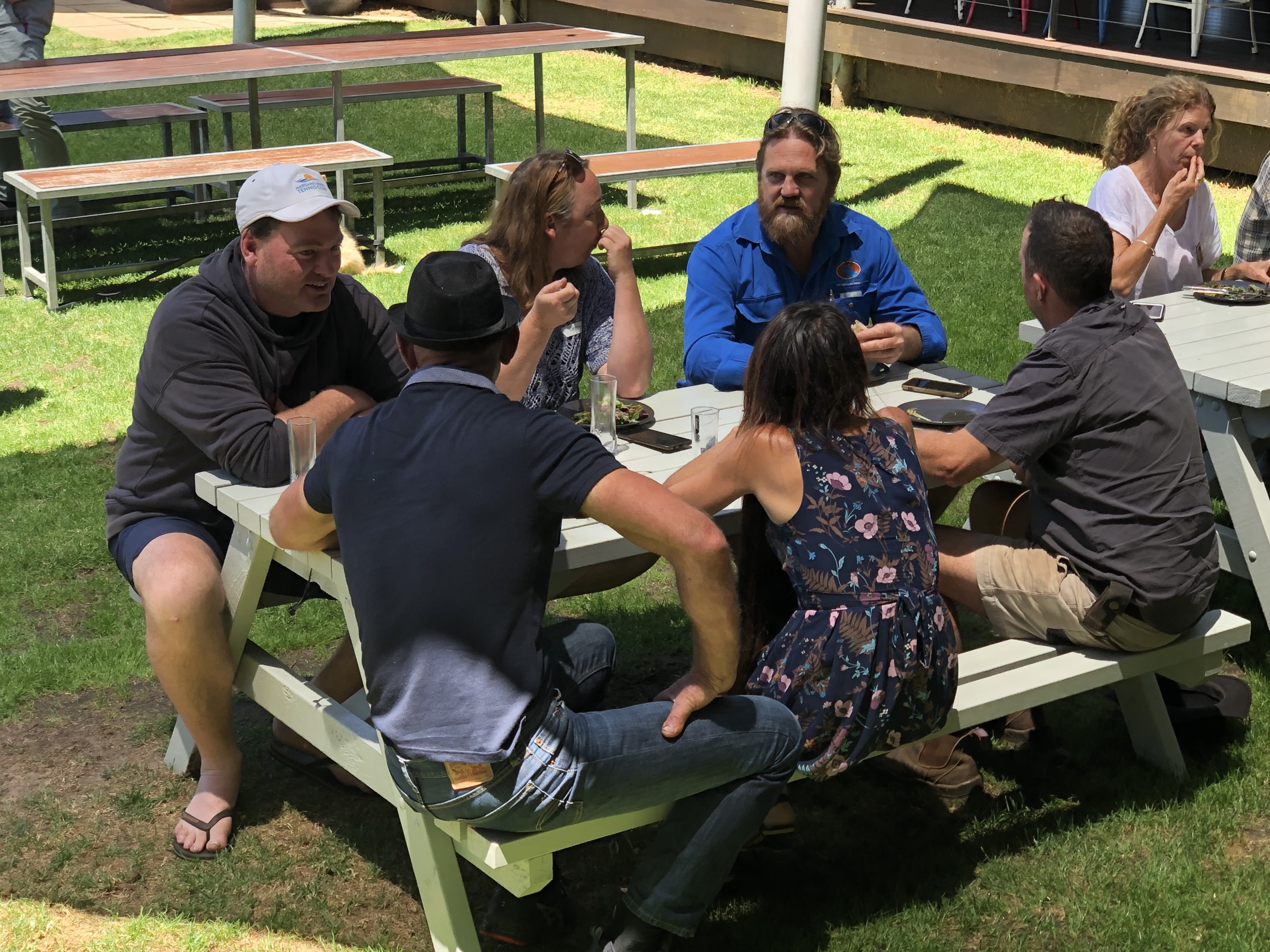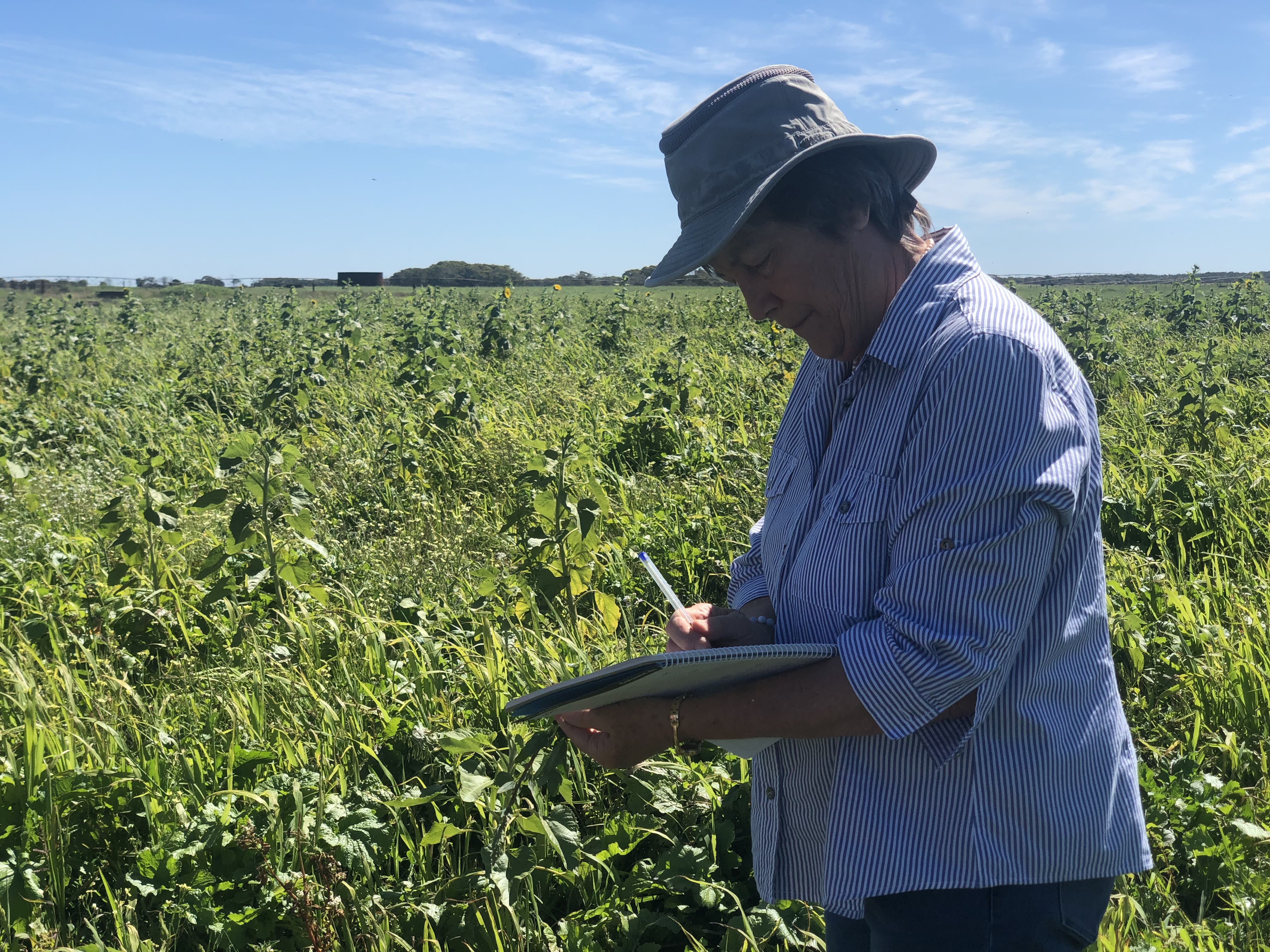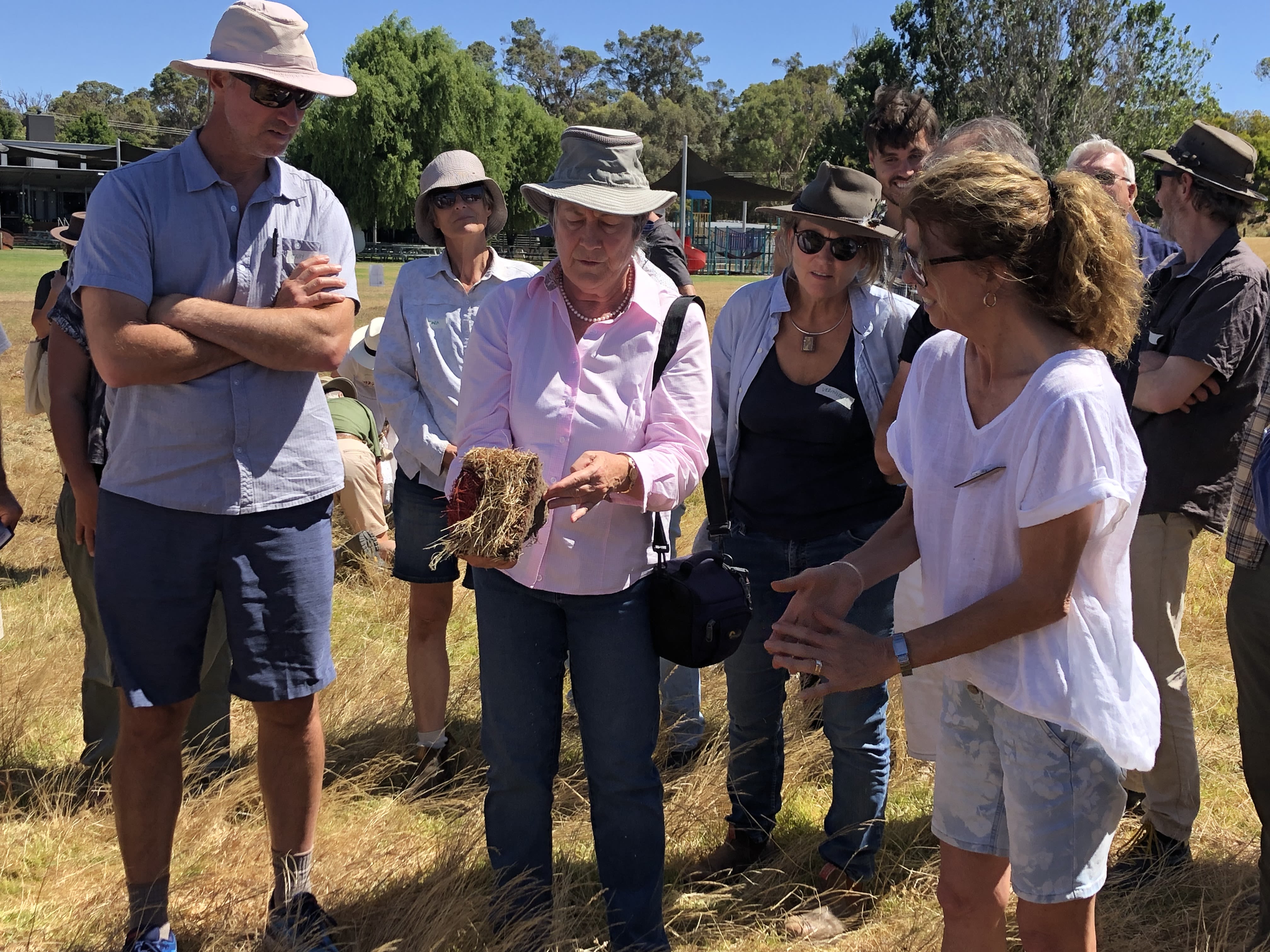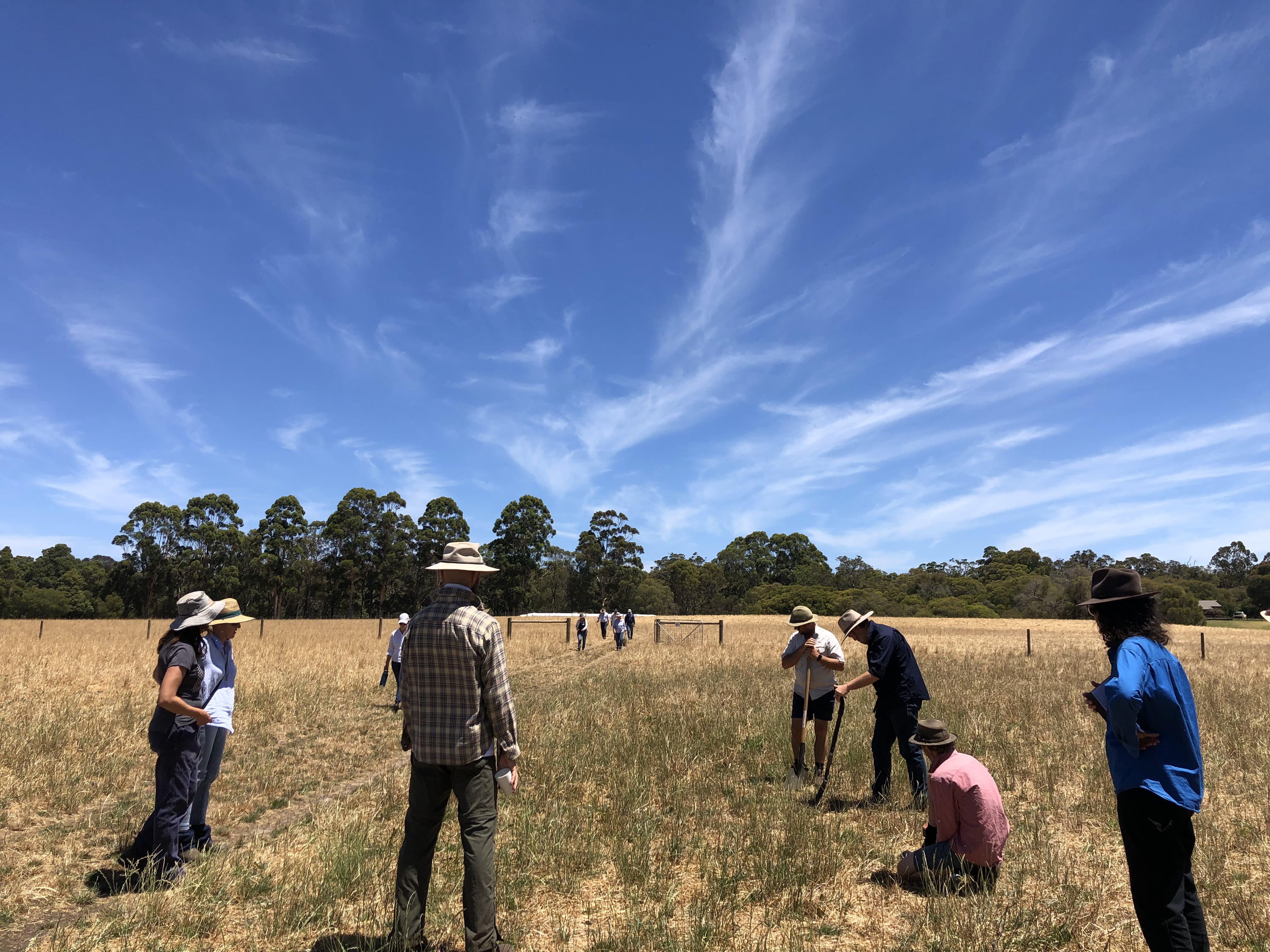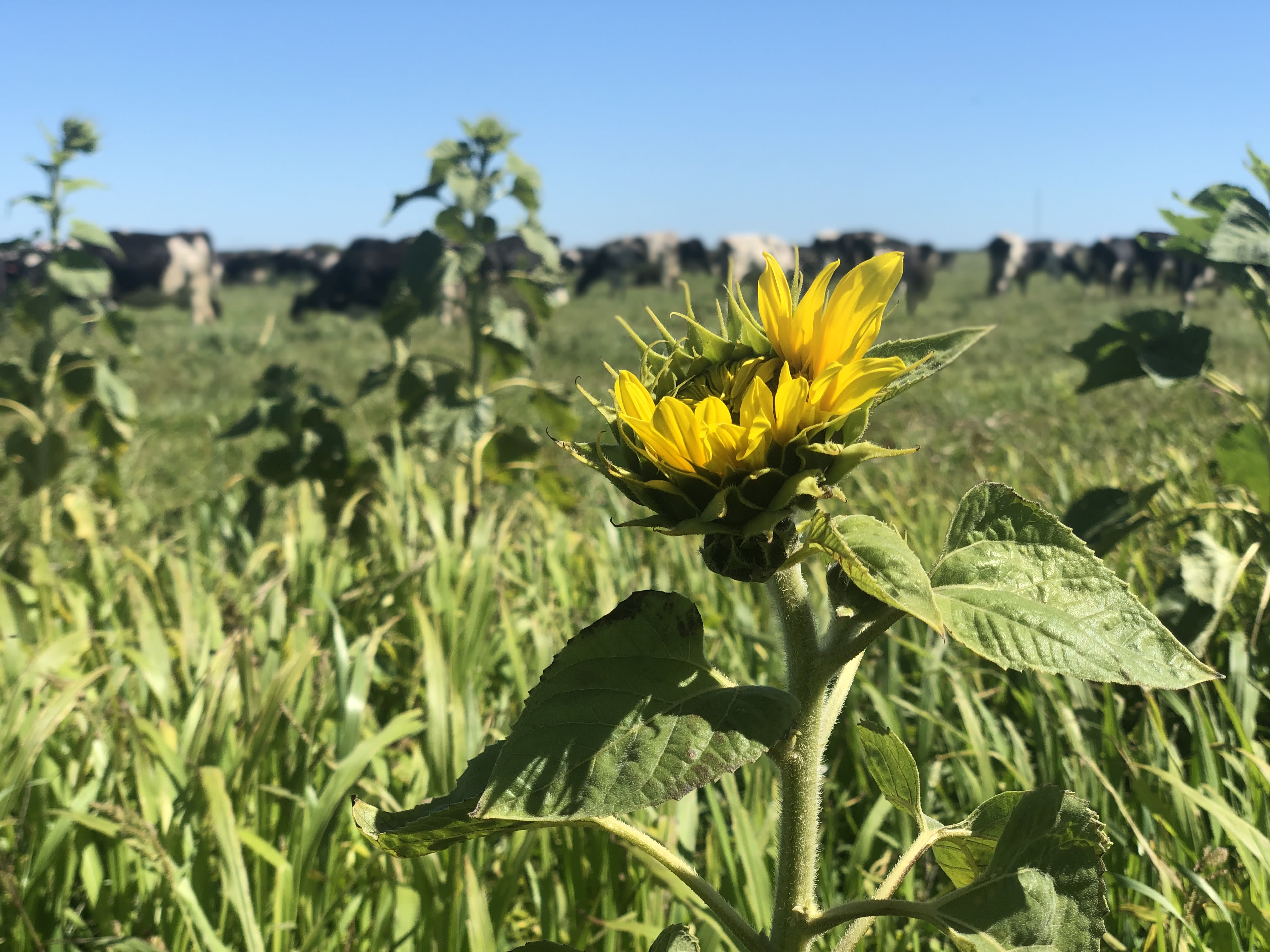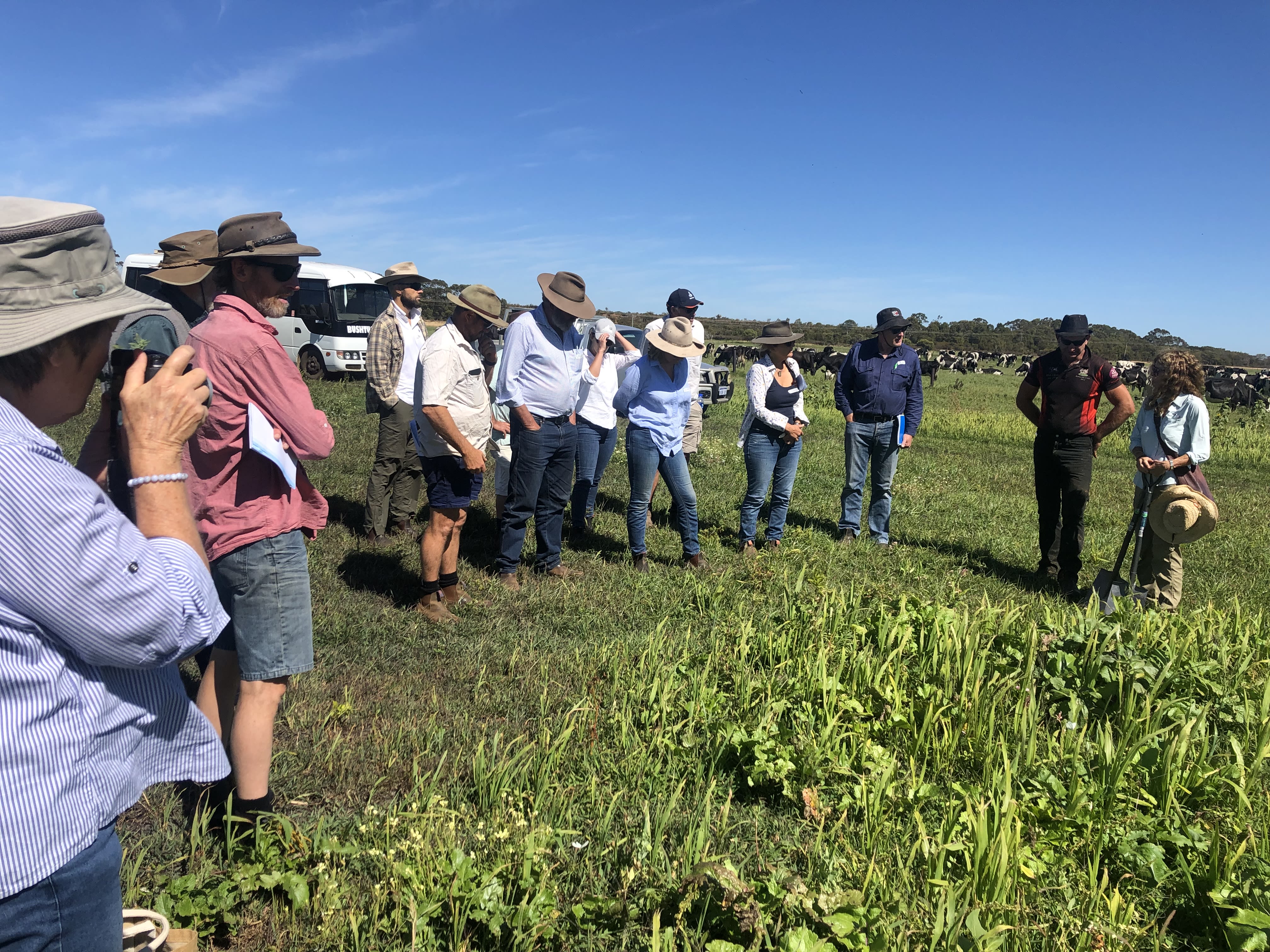Soil Secrets: The Fundamentals for Building Profit, Productivity and Natural Capital
With Dr Christine Jones
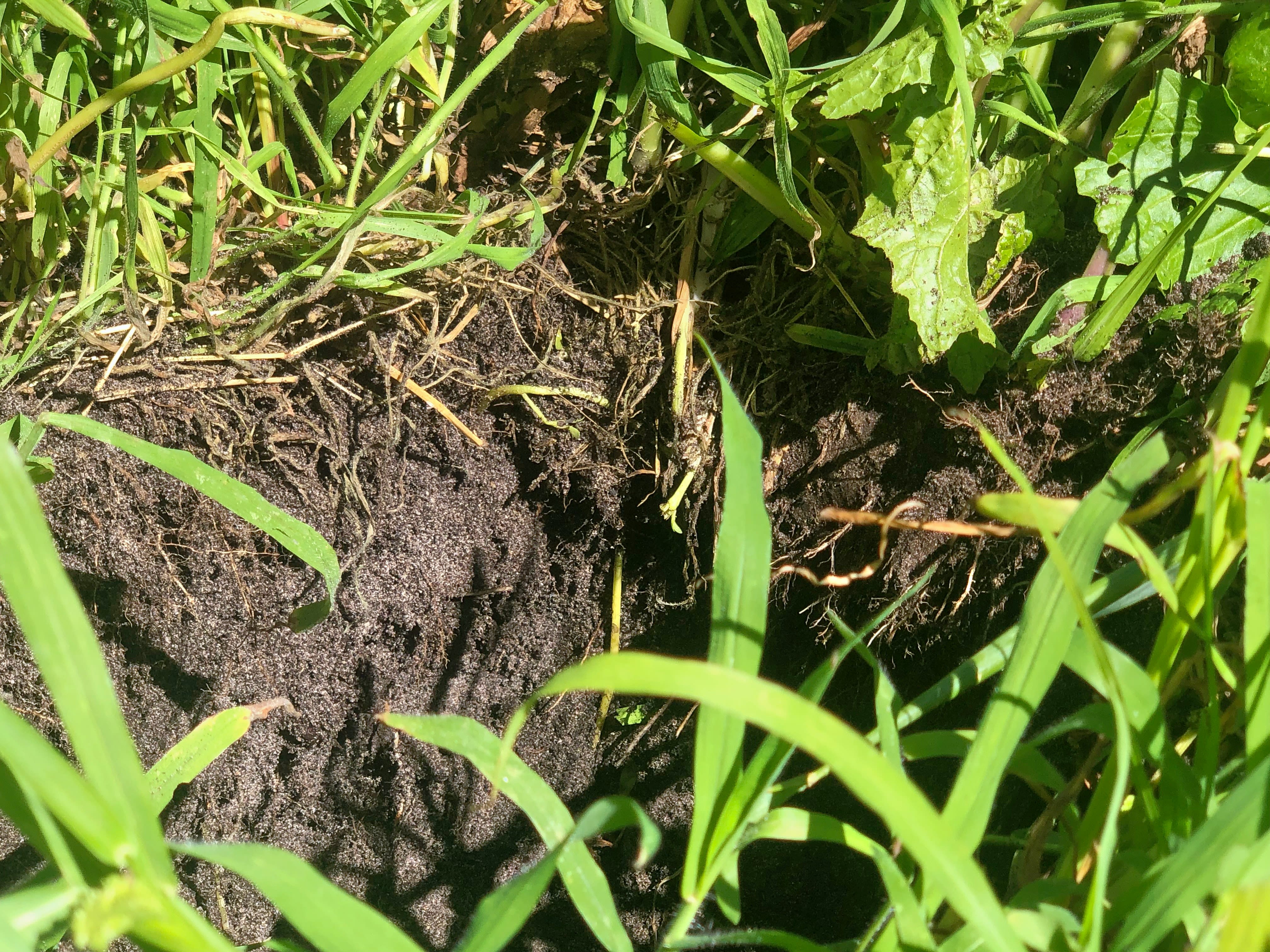
In February 2023, Dr Christine Jones toured Perth and the south west of WA hosting workshops and masterclasses to share her insights and knowledge on building soil health.
The workshops and masterclasses were supported by the Department of Primary Industries & Regional Development in a collaboration between the Lower Blackwood LCDC, Torbay Catchment Group, Perth NRM/RegenWA, Earthwhile Australia, Wilson Inlet Catchment, The Serpentine Jarrahdale Food and Farm Alliance (SJFFA), Oyster Harbour Catchment Group Inc, South Coast NRM, Galloway Springs and the Department of Primary Industries and Development Perth Hills and Swan Valley Project.
Roadshow Content Hub
Due to the volume and value of the information shared during Christine's presentation, this 'content hub' has been designed as a resource for each of the participating host groups.
Below is a detailed article outlining the principles, research and case studies shared by Dr Jones during the roadshow. There are also links to useful resources such as seed merchants, plant lists and additional information.
The article is also supported by case studies of local farmers who are following regenerative agriculture principles. These farmers have candidly shared their experiences - highs and lows - hoping that they can help other farmers along the way.
Note: All original content created for & provided by Dr Christine Jones for this article is copyrighted and remains the intellectual property of Dr Christine Jones.
Soil Secrets
About Dr Christine Jones
Dr Christine Jones is an internationally renowned and highly respected groundcover and soil ecologist. She has been working with innovative landholders to implement regenerative land management practices that enhance biodiversity, increase biological activity, sequester carbon, activate soil nutrient cycles, restore water balance, improve productivity and create new topsoil.
Christine has organised and participated in workshops, field days, seminars and conferences throughout Australia, New Zealand, South Africa, Zimbabwe, Western Europe, Central America, USA and Canada.
Soil is a Living System
Four Key Principles:
1. The soil is a living system
2. The health of all living systems is influenced by their microbiome
3. The soil microbiome is determined by plant diversity
4. What's good for soil is good for animal production
1. The Soil is a Living System
It could be said that we have ignored it as a living system for a long while, and a lot of the challenges we're facing at the moment come back to soil biology.
Our view of soil has tended to be simplistic, and no matter what kind of living systems we talk about, a simplified system will always become dysfunctional. Function depends on diversity.
Many of our agricultural landscapes have become so simplified that we're not even aware of how incredibly productive more diverse systems can be...
A diversity of plants = diversity of plant microbes. Soil microbial diversity underpins virtually all functions that we want our soil to perform for us.
Soil Testing
2. The health of all living things is influenced by their microbiome
Microbial diversity is the measure of the number of different kinds of bacteria, archaea, fungi and protists that live in the soil. Microbes work in teams (consortia). The greater the diversity of microbes, the healthier the soil. Microbial diversity is important for nutrient availability, soil structure, water retention, drought tolerance, the sequestration of stable soil carbon and resistance to pests and diseases.
It is the key factor that drives soil function - without it we are prone to:
- Soil compaction
- Soil erosion
- Poor water infiltration and storage
- Reduced nutrient availability
- Low soil carbon
Conversely, soil microbial diversity can create:
- Nutrient availability
- Soil structure
- Resistance to pests and diseases
- Crop and pasture productivity
- Carbon sequestration
- Landscape function

3. Soil microbiome is determined by plant diversity
Plant diversity = soil microbial diversity
All the functions we would like soil to perform are carried out by microbes - or more specifically, by a wide diversity of microbes. Regenerating the resource base requires functional diversity in place of expensive inputs.
Experiments (and anecdotal evidence) have shown that plant diversity = soil microbial diversity...
Rothamsted Experiments
Rothamsted Research Facility
Rothamsted Research Facility
When our crops and pastures are not performing...we are often inclined to add something to soil to 'fix' it.
Between 1843 and 1856 Sir John Lawes and Sir Henry Gilbert established several long-term field experiments at Rothamsted Research Station in Harpenden, UK. These are the oldest, continuous agronomic experiments in the world, designed to study the N, P, K, Na, Mg and Si needs of the field crops grown in England.
The inorganic nutrients were compared with farmyard manure, the traditional source of fertility used at that time.
Three interesting observations have been made from these 180 years of research:
1. Inorganic fertilisers reduced microbial diversity and microbial function
The Rothamsted led team found the addition of fertiliser decreased the proportion of bacteria that help make nutrients such as nitrogen, potassium, phosphorous, iron and zinc more readily available from soil.
'Strikingly, the amount of growth promoting bacteria living on the roots fell from 91% of total bacteria for unfertilised plants to just 19% for those that received the fertiliser dose, backing up other Rothamsted findings that fertilisers are essentially 'short-circuiting' the natural cycling of nutrients by soil microbes.'
2. After 180 years of continuous wheat, the P levels in the plots receiving zero fertiliser have remained the same and have not fallen
3. Applying large amounts of organic matter resulted in only very small changes in soil carbon
The research suggests that applying inorganic fertiliser is actually counter-productive:
All the functions we would like soil to perform are carried out by a wide diversity of microbes. Regenerating the resource base requires functional diversity in place of expensive inputs.
The Rothamsted research shows that there was virtually zero functional diversity in their trials.
Soils lacking in microbial diversity will not support vigorous plants unless inorganic fertilisers are applied - creating a downward spiral for soil health.
Healthy rhizosheaths under warm season multispecies mix at a Scott River Dairy Farm.
Healthy rhizosheaths under warm season multispecies mix at a Scott River Dairy Farm.
NOTE: Useful definitions
The prefix 'rhizo' means 'related to roots'.
Rhizosphere - the narrow region of soil or substrate that is directly influenced by root secretions and associated soil microorganisms known as the root microbiome.
Rhizosheath - the coatings of soil particles that cling to plant roots, making roots brown instead of white. They are a sign of biological/microbial activity in the rhizosphere (root zone). Soil particles are bound to the roots by biotic glues, secreted by microorganisms. This is aggregation in action and therefore indicates the formation of good soil structure.
What's in a Seed?
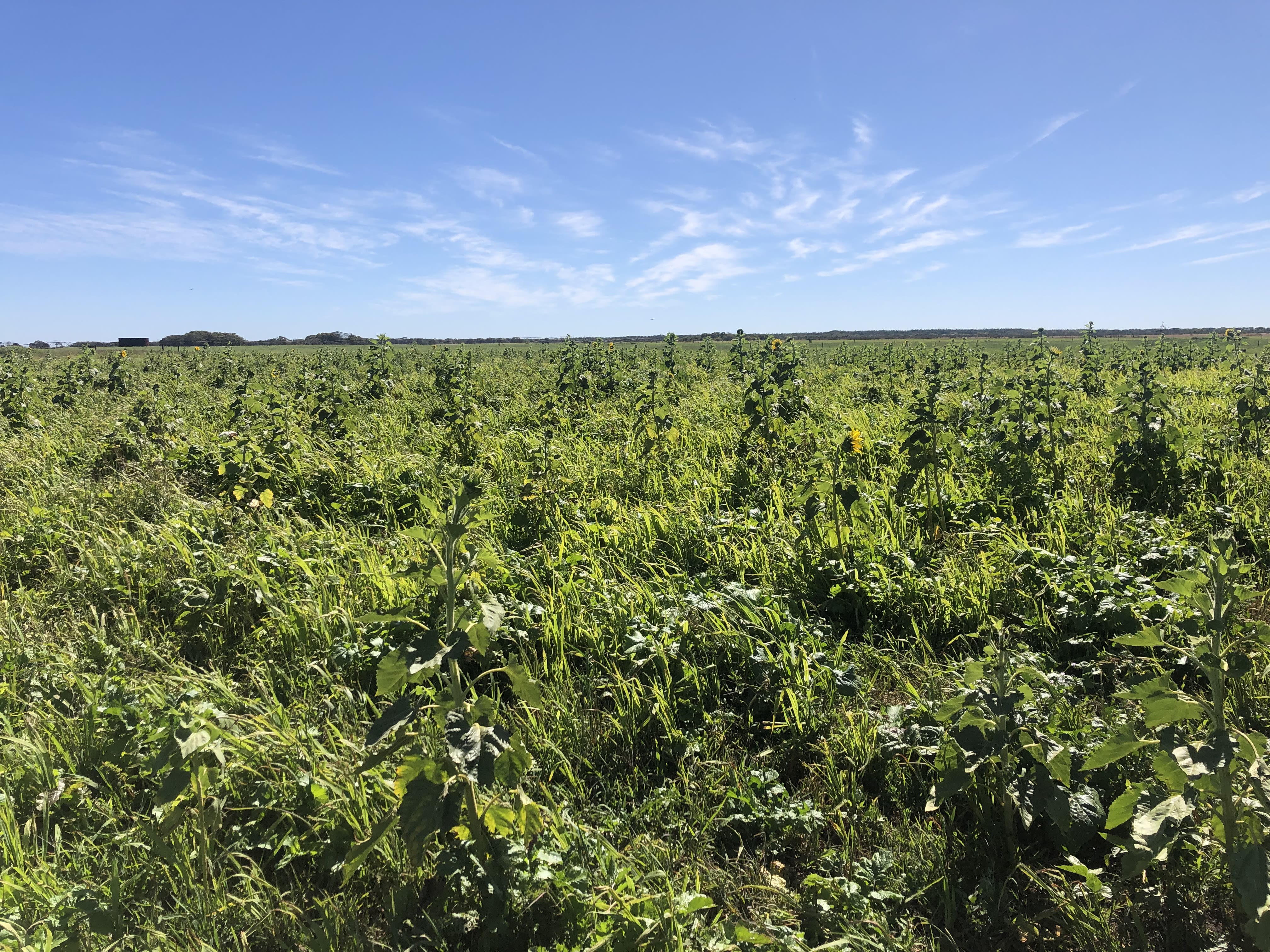
Seeds
The core microbiome of a plant is encapsulated in the seed. Seeds contain hundreds of species of bacteria, archaea, fungi and protists. When the seed germinates the microbes multiply and move into the roots, then into leaves and flowers and eventually back into seeds in readiness for the next generation. These microbes are called endophytes. The majority of microbes in the rhizosphere (the soil surrounding plant roots) originate from the seed, rather than from the soil.
Seeds contain:
- Plant DNA (deoxyribonucleic acid) - determines species and cultivar
- Energy and nutrients (most seeds contain starches, oils and proteins)
- Microbial DNA (forms the plant's core microbiome)
The plant microbiome has three distinct domains – the phyllosphere, the endosphere, and the rhizosphere.
The phyllosphere is on the aerial surface (especially the leaves and stem).
The endosphere is inside the plant's tissues—in other words, inside its cells.
The rhizosphere is the zone of soil surrounding a plant root where the biology and chemistry of the soil are influenced by the root.
The core microbiome of a plant is encapsulated in the seed.
Rhizosheath and soil aggregate formation - photo courtesy of Dr Christine Jones
Rhizosheath and soil aggregate formation - photo courtesy of Dr Christine Jones
Any insecticide, fertiliser or fungicide near an emerging seed inhibits the formation of an effective rhizosphere microbiome.
Rothamsted research shows that NPK fertilisers reduced the percentage of growth promoting bacteria living on plant roots from 91% of total bacteria to just 19%.
Dr Christine Jones: Seed Coatings
The Legacy Effect
Plants leave a microbial footprint (legacy) that follow-on plants can tap into and it is often noticed that successive plantings improve over time. Even if it feels like the multi-species mix hasn't survived, it is improving the soil for the plants that will follow.
The ‘Plant Microbiome’ can be described as the sum total of the genomic contribution made by the diverse microbial communities that inhabit the surface and internal tissues of the plant parts. The rhizosphere, endosphere, phyllosphere constitute the major compartments in which the microbial communities reside in the plant. The soil microbiome is the main source from which the plant selects and builds its microbiome profile. The plant genotype (e.g., dicot bean plant and a monocot rice plant), its root exudates (indicated by blue shade for bean and green for rice), the soil types and properties, and the environmental factors influence the plant microbiome makeup (indicated by different colored microbes inhabiting the plant compartments in bean and rice plant). Mycorrhizal association in both plants is indicated by thin lines extending from the roots into the surrounding soil.
The ‘Plant Microbiome’ can be described as the sum total of the genomic contribution made by the diverse microbial communities that inhabit the surface and internal tissues of the plant parts. The rhizosphere, endosphere, phyllosphere constitute the major compartments in which the microbial communities reside in the plant. The soil microbiome is the main source from which the plant selects and builds its microbiome profile. The plant genotype (e.g., dicot bean plant and a monocot rice plant), its root exudates (indicated by blue shade for bean and green for rice), the soil types and properties, and the environmental factors influence the plant microbiome makeup (indicated by different colored microbes inhabiting the plant compartments in bean and rice plant). Mycorrhizal association in both plants is indicated by thin lines extending from the roots into the surrounding soil.
Published in Frontiers in Microbiology 2016 | Microbiome Selection Could Spur Next-Generation Plant Breeding Strategies | M. Gopal, Alka Gupta
Plant diversity = soil microbial diversity
Plants contain more microbial cells than plant cells. When we plant seeds from a wide range of plant FAMILIES we're introducing a diverse range of microbes to the soil.
Seeds carry the DNA for the next generation of plants as well as the microbes that will live in association with that plant.
Pasture diversity can be used to:
How?
Similar microbiomes have a negative feedback effect on nutrient acquisition, resistance to pests and diseases, stress tolerance and plant productivity. Dissimilar microbiomes have a positive feedback effect on nutrient acquisition, resistance to pests and diseases, stress tolerance and plant productivity.
Essentially, microbiomes are protective of their host plants. A group of similar plants will all require the same resources, so it's a highly competitive environment.
If the microbiomes share space with different plants (and microbiomes) they cooperate rather than compete. Diverse plant communities create a mutually supportive environment.
Jena Biodiversity Experiment
The Jena Biodiversity Experiment is one of the longest running biodiversity experiments in the world (running since 2002).
The experiment showed that increasing the number of plant species in a community resulted in:
- Increased biomass
- Improved soil structure
- Increased soil depth
- Produced greater plant yield than when high levels of N were added to pastures
- Improved tolerance to waterlogging
- Improved tolerance to drought
As agriculture has moved towards monoculture, more inputs have been required to replace biological function.
In a monoculture, there is insufficient biodiversity to encourage plant resilience.
The Jena Experiment showed that root exudates, microbial abundance and microbial activity increased with plant diversity
BUT: It is not possible to tell from monoculture how plants will perform in a polyculture
In a monoculture there is insufficient diversity of microbes to carry out all the different tasks - so more inputs have been required to replace biological function.
We have tried to simplify agricultural systems to make them easier to manage, when what we really needed to do was make them more complex.
"Fertiliser can't replace diversity." - Dr Christine Jones
"I have no doubt that we will not grow monoculture crops in the future." - Dr Christine Jones
4. What's good for soil is good for animal production
Diets rich in secondary plant compounds (bioflavonoids, carotenoids, polyphenols, anthocyanins etc):
- Increase microbial diversity in the gut
- Increase ability to digest a wide variety of feeds
- Improve feed conversion efficiency
- Improve immune function
CASE STUDY: Cam Banks, from Mount Gambier in South Australia claims that milk production increased 4 litres per head per day on diverse swards compared to ryegrass pastures (20-25% increase in production).
When soil health isn't addressed, the resulting shortfall in nutrient availability has a direct impact on our animal health, and therefore on livestock production. Biologically active, self-renewing topsoil is the cornerstone for a productive agricultural sector and a robust environment. It is essential for the health of plants, animals and people.
Many current health issues are linked to a failure to support the diversity of microbes in the human gut. The American Gut Project identified that people who consumed at least 30 kinds of plant foods per week have healthier and more diverse gut microbiomes and fewer health issues than those consuming 10 or less different kinds of plant foods per week.
This dovetails directly with the findings of Harvard University's Gut Brain Connection study, which reveals that a person's stomach or intestinal distress can be the cause of anxiety, stress or depression - because the brain and the gastrointestinal system are intimately connected.
Interestingly, the project also revealed that it didn't matter how much meat was consumed; what made the difference was how that meat was produced.
Meat from animals from a confined feeding area that were routinely fed antibiotics and on a limited diet was clearly detrimental to human health.
So we need to look at what we're feeding to our animals too....
Condensed tannins improve feed conversion efficiency, suppress internal parasites, are anti-bloating and reduce the production of ammonia and methane.
Forages containing condensed tannins include:
- Chicory
- Plantain
- Burnet
- Evening Primrose
- Birdsfoot trefoil
- Greater Lotus
- Sainfoin
- Sulla
- Lespedeza
To enhance animal production the aim of strategic grazing should be to stimulate new growth, encourage germination and feed the soil.
A diversity of grazing material allows for different growth forms (grasses and non grasses), a diversity of plant ages, good soil cover and high levels of soil biological and microbiological activity.
Encouraging multiple grazings of paddocks with a diversity of pasture species can offer broader nutrition opportunities and improved animal health.
Many of what are termed ‘sustainable’ agricultural practices represent only small improvements in current methodology. At best, they impart a fleeting tinge of green to a deteriorating landscape. ‘Regenerative’ practices embody fundamental redesign (Hill 1998). They utilise natural ecological services to replenish and reactivate the resource base. When agriculture is regenerative, soils, water, vegetation and productivity continually improve rather than staying the same or slowly getting worse. - Dr Christine Jones
Diverse pasture at Boleys Farm, Scott River
Diverse pasture at Boleys Farm, Scott River
Sunflower at Boley's Farm, Scott River. The cows ignored the sunflower at the first graze, but enjoyed the seeds once the flower head finished (second grazing).
Sunflower at Boley's Farm, Scott River. The cows ignored the sunflower at the first graze, but enjoyed the seeds once the flower head finished (second grazing).
Rich soils under the diverse pasture at Boley's Farm in Scott River
Rich soils under the diverse pasture at Boley's Farm in Scott River
Field Radish - pasture diversity at Boley's Farm, Scott River
Field Radish - pasture diversity at Boley's Farm, Scott River
Soil Carbon
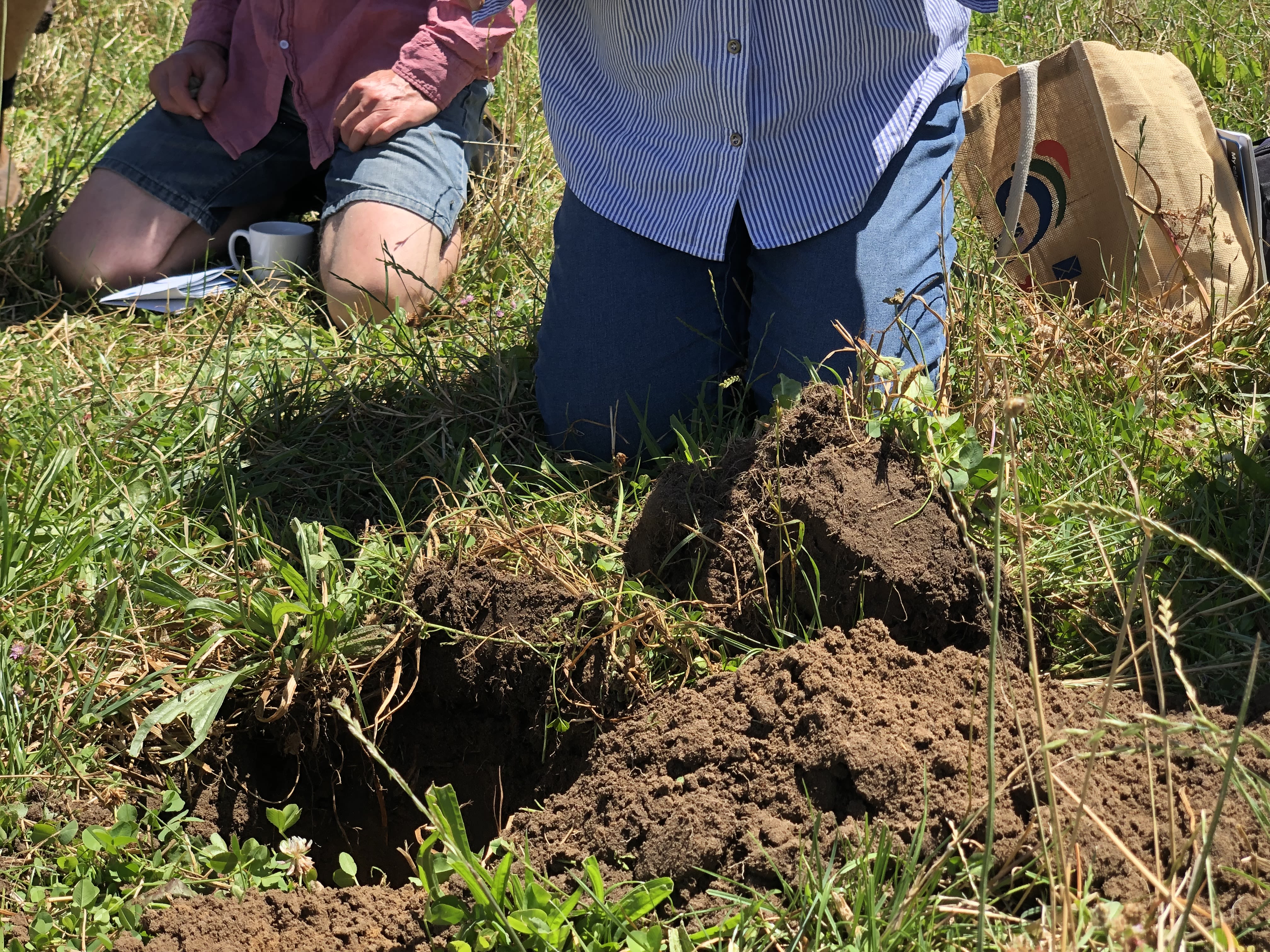
Our carbon history
6,300 tonnes per hectare of farmyard manure have been applied to the Rothamsted Long Term Field Experiment. But soil carbon levels have only increased by 1% since 1843 - driving the belief that it is not possible to significantly increase levels of soil carbon.
Luckily there are two pathways for soil carbon:
- Decomposition: the breakdown of organic matter to CO2, resulting in no net gain
- Liquid Carbon pathway: Photosynthesising plants, root exudates and the fungal energy channel, building stable minerally associated organic matter (MAOM)
Essentially we need to:
- Optimise photosynthesis
- Stimulate root exudation
- Support the fungal energy channel
Building soil carbon requires active exudation from living roots. Plant roots build soil carbon 5-30 times faster than carbon from above-ground biomass or animal manures.
Stable carbon is dominated by 'microbial necromass' - dead products and residues. Necromass formation is driven by the rate of root exudation, the amount of microbial biomass and the rate of conversion to necromass.
Most of the microbial necromass originates from fungi.
Fungal Energy Channel:
- topsoil depth
- nutrient transport
- protection from pests and diseases
- crop and pasture productivity
- landscape function
- carbon sequestration
The key driver for the fungal energy channel is plant diversity.
The path of plant carbon inputs to stable soil carbon.
The path of plant carbon inputs to stable soil carbon.
The formation of rhizosheaths indicates the fungal energy channel is open and functioning
The formation of rhizosheaths indicates the fungal energy channel is open and functioning
A Final Word
The continual use of inorganic fertilisers is highly detrimental to soil function, soil structure and the stabilisation of soil carbon.
We are trapped in a downward spiral: the more fertilisers we add to our soils, the more we need. But there's no doubt that soon, our soils just won't be able to function.
Experiments such as those at Jena and Rothamsted demonstrate that biomass production is increased with plant diversity. They also show that NPK fertilisers inhibit the formation of an effective rhizosphere microbiome and reduce the percentage of growth promoting bacteria on plant roots - stifling plant health and biomass production.
Instead of boosting plant growth, these fertilisers are destroying the natural biological activity in our soils. By opting for a more diverse pasture mix it is possible to build soil health and in turn, improve plant, human and animal health.
"Go forth and diversify!" - Dr Christine Jones
Case Studies
These case studies have been developed to share the candid stories of farmers and landholders who are proactively working with Regenerative Agriculture principles. We have gathered the tales of small and large enterprises in the hope that their experiences will help others on their journeys...
Content Hub Resources
In this episode Jo & Kate talk with internationally renowned soils ecologist Dr Christine on the secrets that make healthy soils tick and the soil as a living system - including a dive into the ‘liquid carbon pathway’ – what it is, why we need it, how to help it and how to avoid hindering it.
In this episode Jo & Kate talk with internationally renowned soils ecologist Dr Christine on the secrets that make healthy soils tick and the soil as a living system - including a dive into the ‘liquid carbon pathway’ – what it is, why we need it, how to help it and how to avoid hindering it.
In this episode Jo & Kate talk with South West equine agronomist Belinda Taylor on horses, pastures & soil - including how to get more diversity into equine systems and what that means for management of your horse or horses.
In this episode Jo & Kate talk with South West equine agronomist Belinda Taylor on horses, pastures & soil - including how to get more diversity into equine systems and what that means for management of your horse or horses.
In this podcast episode Jo & Kate talk with South West farmer Blythe Calnan about her regenerative journey with her partner Greg Hooper - their motivations, the challenges and the opportunities in running 'Runnymede', a commercial regenerative farm.
In this podcast episode Jo & Kate talk with South West farmer Blythe Calnan about her regenerative journey with her partner Greg Hooper - their motivations, the challenges and the opportunities in running 'Runnymede', a commercial regenerative farm.
Talkin' After Hours Webinar: Restoring Farmland and Soils in our Mediterranean Climate
Talkin' After Hours Webinar: The Fundamentals of Agricultural Soils
Talkin' After Hours Webinar: Profit, Productivity and NP
Jo & Kate chat to Dr. Christine Jones about 'Light' Farming & the power of photosynthesis to regenerate our soils, restore water balance to our landscapes, & enable our farmlands to have living ground cover year round.
Jo & Kate chat to Dr. Christine Jones about 'Light' Farming & the power of photosynthesis to regenerate our soils, restore water balance to our landscapes, & enable our farmlands to have living ground cover year round.
In this episode Jo & Kate talk to internationally renowned and highly respected groundcover and soils ecologist Dr Christine Jones about biodiversity on the farm, why it’s important and how it can impact on soil health.
In this episode Jo & Kate talk to internationally renowned and highly respected groundcover and soils ecologist Dr Christine Jones about biodiversity on the farm, why it’s important and how it can impact on soil health.
Useful articles
Dr Christine Jones:
Jones (2023). List of plant families
Jones (2023). Mycorrhizal Fungi – Powerhouse of the Soil
Jones (2022). What's in a seed
Jones (2015). S.O.S. Save our Soils
Jones (2021). The Phosphorus Paradox
Jones (2014). Nitrogen: The Double-Edged Sword
Jones (2013). Restoring Farmland Soils
Jones (2008). Liquid Carbon Pathway
Soil Biology:
Plants and the soil microbiome with researcher Martijn Bezemer of the Institute of Biology Leiden (IBL)
Plant-soil feedback theory, Hannula et al. (2021). Nature Communications
DPIRD:
DPIRD: Soil health challenges for WA farmers
DPIRD: Regen ag case studies in WA
Nutrition:
Regen ag and sustainable nutrition (UK article)
Rothamsted:
‘Long-Term Soil-Ecosystem Experiments Global Inventory’ - links to similar experiments around the world
The Electronic Rothamsted Archive, UK Environmental Change Network (ECN) - long term soil ecosystem experiments
This article was produced Talkin' After Hours, Lower Blackwood Landcare's Online Community & Information Hub.


